Page 249 of 302

Determining correct load limit
Use the example below to cal
culate the total weight of the
passengers and luggage or oth
er things that you plan to trans
port so that you can make sure
that your vehicle will not be overloaded.
Steps for Determining
Correct Load Limit
1. Locate the statement "THE
COMBINED WEIGHT OF OC
CUPANTS AND CARGO
SHOULD NEVER EXCEED XXX KG OR XXX LBS" on your ve
hicle's placard (tire inflation
pressure label)
¢ page 242,
fig. 184.
2. Determine the combined
weight of the driver and pas
sengers that will be riding in
your vehicle.
3. Subtract the combined
weight of the driver and pas sengers from
"XXX" kilo
grams or
"XXX" pounds
shown on the sticker
¢ page 242, fig. 184.
4. The resulting figure equals
the available amount of car
go and luggage load capaci
ty. For example, if the
"XXX"
amount equals 1400 lbs.
Tires and wheels
and there will be five 150
lbs. passengers in your vehi
cle, the amount of available
cargo and luggage load ca pacity is 650 lbs. (1400-7 50
(5
X 150) = 650 lbs.)
5. Determine the combined
weight of luggage and cargo
being loaded on the vehicle.
That weight may not safely exceed the available cargo
and luggage load capacity
calcu lated in Step
4.
6. If your vehicle will be towing
a trailer, load from your trail
er will be transferred to your
vehicle. Consult this manual
to determine how this re
duces the available cargo
and luggage load capacity of
your vehicle.
,...Check the tire sidewall
(¢page 249, fig. 188) to de
termine the designated load rating for a specific tire.
247
•
• '
Page 250 of 302

248 Tires and wheels
Tire service life
The service life of tires depends on a lot of
different things including proper installation
and balancing, correct tire pressure and driv·
ing style.
F ig. 1 86 Tire tread: tread wea r ind icators (TWI)
( r------ ,1
\ ...__ _____ ____,.
F ig. 1 87 Rotat ing t ires for more ev en wea r
Tread Wear Indicator (TWI)
The origi na l t ires on your veh icle have
1/16 inch (1.6 mm) high "wear indicators"
c::> fig . 186 running across the tread. Depend ·
i ng on the make, there will be six to eight of
them evenly p laced around the t ire. Marks on
the tire sidewa ll (for example "TWI" or other
symbols) indicate the positions of the tread
wear ind icators . Worn t ires must be replaced .
Different fig ures may apply in o ther countries
c::> & .
Tire p ressure
Incorrect tire pressure causes premature wear
a nd can cause sudden t ire blow-out. For th is
reason, tire pressure must be checked at least
once a month
c::> page 244 .
Driving style
Driving fast aro und curves, heavy acce leration
and hard braking increase tire wear.
Rotating tires for more even wear
F o r all four tires on your ve hicl e to h ave the
same service life, we recommen d that the
front and rear t ires are rotated according to
the tire manufact urer's suggested tire rota·
tion intervals. Please remember the follow
ing :
- Tire rotation intervals may differ from the
vehicle service inte rva ls o utlined in your
Warranty
& Maintenance booklet .
- The longer one tire is used in one location
on the vehicle, the more it wears at certain
points; therefore, we recommend that y ou
follow the tire manufacturer's suggested
tire rotation intervals .
- Veh icles w ith front-wheel dr ive experience
more tread wear on the fro nt w heels com·
pa red to all-wheel drive (quattro ®).
- Please rotate tires as shown
c::> fig. 187.
-Extra care must be taken when rotating di·
rection-specific tires
c::> page 267 .
Wheel balancing
The wheels on new ve hicles are balanced .
However, various situations during eve ryday
driving can cause them to become unba l·
anced, resulting in vibrat ions you can usually
feel t hrough the steer ing wheel.
Un balanced whee ls must be rebalanced to
avoid excessive wear on steering, suspension
and t ires. A whee l m ust also be reba lanced
when a new tire is insta lled.
Incorrect wheel alignment
Incor rect wheel alig nment can cause exces
sive tire wear, impai ring the safety of the veh i·
de . If tires show excessive wear, have the
whee l alignment checked by an authorized
Audi dealer or qualif ied workshop .
All Wheel Drive
Vehicles with q uattro ® mus t always have tires
of the same size, construction and tread type .
For details see
c::> page 194 . ..,.
Page 251 of 302

A WARNING
Sudden tire failure can lead to loss of con
trol, a crash and serious personal injury!
- Never drive a vehicle when the tread on
any tire is worn down to the wear indica
tors.
- Worn tires are a safety hazard, they do
not grip well on wet roads and increase
your risk of "hydroplaning" and loss of
control.
- Always keep chemicals that can cause
tire damage, such as grease, oil, gasoline
and brake fluid away from t ires.
- Tires age even if they are not be ing used
and can fail suddenly, especially at high
speeds . Tir es that are more than 6 years
old can only be used in an emergency
and then with special care and at lower
speeds.
- Never mount used tires on your vehicle if
you are not sure of their" previous histo
ry ." Old used tires may have been dam
aged even though the damage cannot be
seen that can lead to sudden tire failure
and loss of vehicle control.
Tires and wheels 249
New tires and replacing tires and wheels
New tires and wheels have to be broken in .
Fig. 188 Tir e specificat ion codes on t he s idewall o f a
tire
No. Description
CD Passenger car tire (where applicable)
@ Nominal w idth of tire in millimeters
® Ratio of height to width (aspect ratio)
© Radial
® Rim diameter code
® Load index and speed rating
(f) U.S. DOT tire identification number
® Audi Origina l tire
® Sever snow conditions
@ T ire ply composition and materials
used
@ Maximum load rating
@ Treadwear, traction and temperature
grades
@ Maximum permissible inflation pres-
sure
The tires and rims are essential parts of the
vehicle's design . The tires and rims approved
by Audi are spec ially matched to the charac
teristics of the vehicle and can make a major .,.
•
Page 252 of 302

250 Tires and wheels
contribution to good road ho lding and safe
handling when in good condition and properly
inflated
¢ ,& .
We recommend that all work on tires and
wheels be performed by an authorized Audi
dealer. They are familiar with recommended
procedures and have the necessary spec ial
too ls and spare parts as well as the proper fa
cilities for disposing of the old tires.
Authorized Audi dealers have the necessary information about technical requ irements for
installing or changing tires and r ims.
Replacing tires and wheels
Tires shou ld be rep laced at least in pairs and
not individually (for example both front tires
or both rear tires together).
Be sure to read and heed the information to
the tire pressure monitoring system*
¢page 256.
Always buy rep lacement radial tires that have
the same specifications as the tires approved
for your vehicle by Audi. Replacement tires
must always have the same load rating speci
fication as the original equipment or approved optional tires listed in the table
¢page 242.
Audi-approved specification t ires are specially
matched to your vehicle and its load limits,
and can contribute to the important road hold
ing, driving characteristics, and safety of the
vehicle. The table(¢
page 242) lists specifica
tions of the tires approved for the Audi mod
els covered by your Owner's Literature .
The tire pressure label located on driver's side
B-pillar (
¢ page 242, fig. 185) lists the speci
fications of the orig inal equipment tires in
stalled on your veh icle at the time it was man
ufactured.
Federal law requires tir e manufacturers to
place standard ized information on the s ide
wall of all tires¢
fig. 188 . This information
identifies and describes the fundamental
characterist ics, the quality grade of the tire
and also provides a tire ident ificat ion number for
safety standard ce rtification and in case of
a reca ll.
Tire specifications
Knowledge of tire specificat ions makes it eas
ier to choose the correct tires. Radial tires
have the tire specifications marked on the
sidewa ll, for examp le:
255/45 R 19 104 H
This conta ins the following information:
P Indicates the t ire is for passenger cars
(where app licab le)
255 Nominal tire width in mm of the tire
from sidewall edge to sidewa ll edge. In
general, the larger the number, the wider
the tire
45 Height/w idth ratio in percent (aspect ra-
t io)
R Tire construction: Radial
19 Rim diameter code (in inches)
104 Loa d rating code
H Speed rat ing letter code
XL (or "xl", "EXTRA LOAD" or "RF") indicates
that the tir e is a "Reinforced" or an "Ext ra
Load" tire
M+S (or "M/S") Indicates that the tire has
some mud and snow capability
The tires could also have the information of
direction of rotation¢
page 238 .
Tire manufacturing date
The manufacturing date is also indicated on
the tire sidewall (possibly on ly on the
inner
side of the wheel):
"DOT ... 2211. .. " means, for example, the tire
was produced in the 22nd week of 2011.
Speed rating (letter code)
The speed rating letter code on the whee ls in
dicates the maximum permissible road speeds
¢ .&. in Winter tires on page 254.
P up to 93 mph (150 km/h)
Q up to 99 mph (158 km/h)
R up to 106 mph (170 km/h)
S up to 110 mph (180 km/h)
Page 253 of 302

T up to 118 mph (190 km/h)
U up to 124 mph (200 km/ h)
H up to 130 mph (210 km/ h)
V up to 149 mph (240 km/h)1
)
Z over 149 mph (240 km/h)l)
W up to 168 mph (270 km/h)l)
Y up to 186 mph (298 km/h)l)
Your veh icle is no rma lly factory equipped with
tires , which possess excellent driving charac
teristics and give your Audi opt imum driving
comfort . An e lectronic speed limiter
c::> page 28 wi ll normally prevent you r vehicle
from go ing fa ster th an the tire speed ra ting
c:::> .& .
U.S . DOT T ire Identificat ion Numb er (TIN )
and tire manufacture date
This is the t ire's "se rial number" . It begins
wi th the letters "DOT" and indicates that the
tire meets all federal standards . The next two
numbers or letters indicate the plant where it
was manufactured, and the last four numbers r epresent the week and year of manufacture.
F or
examp le, the numbers 22 10 mean the ti re
was prod uced in the 22nd week of 2010. The
other numbers are marketing codes that may
or may not b e used by the tire manufacturer .
T his information is used to contact consumers
i f a t ire defect requires a reca ll.
Aud i original tir e
Tires with t he identification "AO" or "RO" have
been specia lly matched w ith your Audi . We
recommend using only these tires because
they meet the highest standards regard ing
sa fety and driving character istics when used
correctly . Your authorized Audi dealer will
gladly provide you with more information .
Tire ply compo sit ion and materi als used
The number of plies indicates the number of
layers of rubber-coated fabric in the t ire. In
general, the greater the number of plies, the more weight a tire can support. Tire manufac -
llFt· "h · or ires wit a m ax im um spee d cap abil ity over 149
mph (2 4 0 k m/h) , tire man ufacturers some times u se
th e le tters "Z R."
Tire s an d wheel s 251
ture rs also must indicate the mate rials in the
tire , which include stee l, nylon , po lyester, and
others .
Maximum Load Rating
This number ind icates the maximum load in
k ilograms and po unds that can be ca rr ied by
the tire.
Tire quality grading for treadwear ,
traction, and t emp eratur e resistanc e
Tre ad wear, t raction and tempera ture grades
c::> page 2 52 .
Maximum Permissible Inflation Pressure
This number is the greatest amount of a ir
pressure that should ever be put in the t ire
u nder norma l dr iv ing cond itions .
_&. WARNING ,-=
-Using incorrect o r unmatched tires and/
or wheels or improper tire and wheel
comb inations can lead to loss of control
'
coll is ion and serious personal inj ury.
- Always use tires, rims and whee l bolts
that meet the specifications of original
factory- insta lled tires or other combina
tions that have been specifically ap proved by the vehicle manufacturer.
- Tires age even if they are not being used
and can fail suddenly , especially at high
speeds . Tires that are more than 6 years
old can only be used in an emergency
and then w ith special care and at lower
speeds.
- Never mo unt used tires on your veh icle if
you are not sure of thei r "previous histo
ry." O ld used tir es may have been dam
aged even though the damage cannot be
seen that can lead to sudden tire fai lure
and loss of vehicle control.
- All four whee ls must be fitted with radial
tires of the same type, size (rolling cir
cumference) and the same tread pattern .
~
•
•
Page 254 of 302
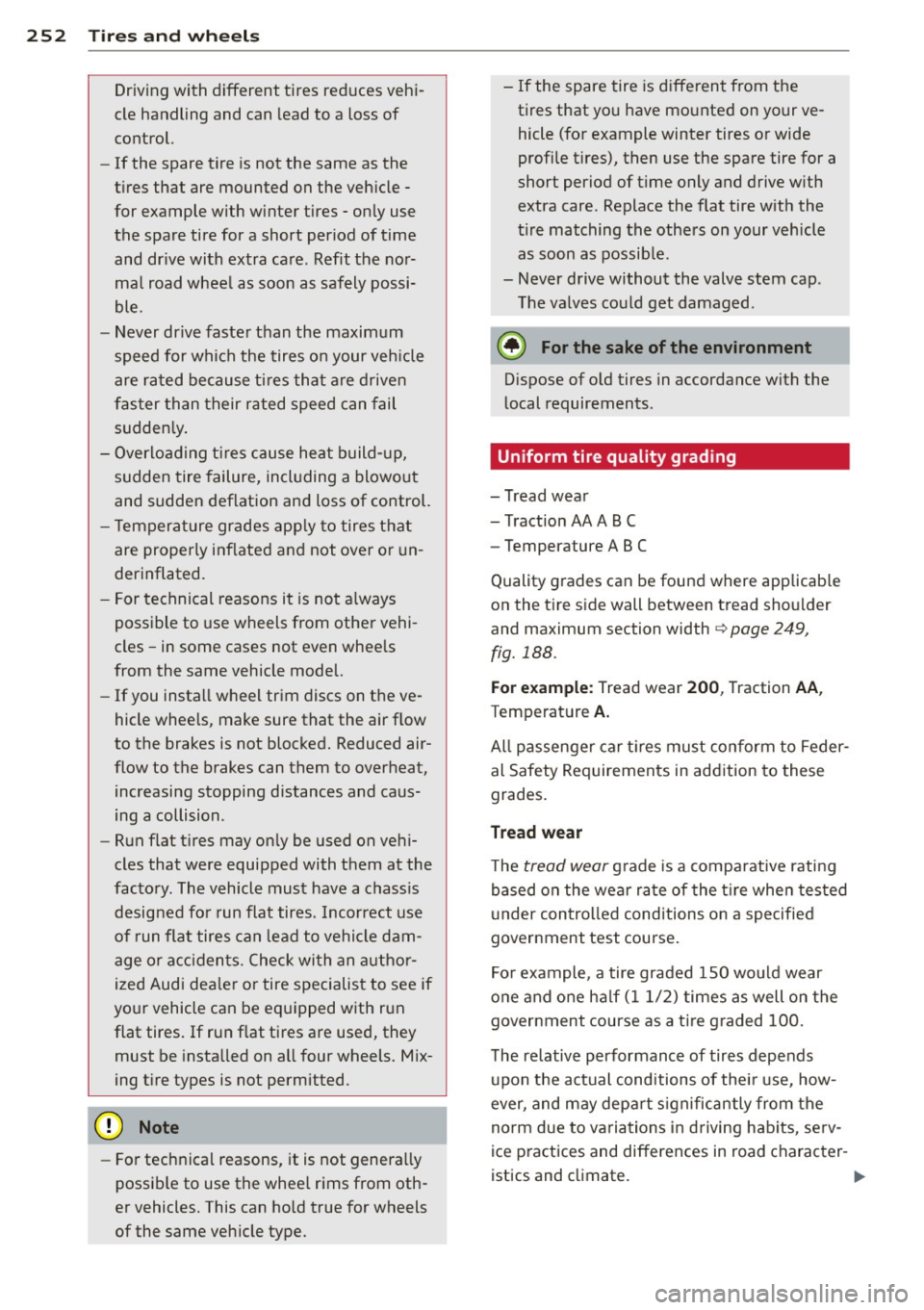
252 Tir es and whe els
Driving with different tires reduces vehi
cle handling and can lead to a loss of
control.
- If the spare tire is not the same as the
tires that are mounted on the veh icle -
for example with winter tires - only use
the spare tire for a short period of time
and dr ive with extra care . Refit the nor
ma l road wheel as soon as safely possi
ble.
- Never drive faster than the maximum
speed for which the tires on your veh icle
are rated because ti res that a re driven
faster than their rated speed can fail
sudden ly .
- Overloading t ires cause heat build- up,
sudden tire failure, including a blowout
and sudden deflation and loss of control.
- T emperature grades app ly to tires that
are properly inflated and not over o r un
derinflated .
- For technical reasons it is not a lways
possible to use wheels from other vehi
cles -in some cases not even whee ls
from the same vehicle model.
- If you install wheel trim discs on the ve
hicle whee ls, make sure that the air f low
to the brakes is not blocked. Reduced air
flow to the brakes can them to overheat, increasing stopping distances and caus
ing a collision .
- Run flat t ires may only be used on vehi
cles that were equipped with them at the
factory . The vehicle must have a chassis
designed for run flat tires . Incorrect use
of run flat tires can lead to vehicle dam
age or acc idents. Check with an a uthor
ized Audi dea le r or tire specialist to see if
yo ur vehicle can be equipped with run
flat tires. If run f lat tires are used, they
must be insta lled on all four wheels. Mix
ing t ire types is not permitted .
- Fo r technical reasons , it is not genera lly
possib le to use the whee l rims from oth
er vehicles. This can ho ld true for wheels
of the same veh icle type. - If the spare tire is different from the
tires that yo u have mounted on your ve
hicle (for example winter tires or wide
profile tires), then use the spare tire for a
short period of time only and drive w ith
extra care. Replace the flat tire w ith the
tire matching the others on your vehicle
as soon as possib le .
- Never drive without the valve stern cap .
The valves cou ld get damaged .
@) For the sake of the environment
Dispose of o ld tires in accordance with the
local requirements .
Uniform tire quality grading
-Tread wear
- Traction AA AB C
- Tempe ra tu re ABC
Quality grades can be found whe re applicab le
on the tire sid e wall betw een tr ead shou ld er
a nd maximum section width
c> page 249,
fig. 188 .
For ex ample: Tread wear 200 , Tract ion AA ,
Temperatur e A.
All passenger car t ires must conform to Feder
al Safety Requirements in add ition to these
grades.
Tread wear
T he tread wear grade is a comparative rating
based on the wear rate of the t ire when tes ted
u nder contro lled cond itions on a specified
government test course .
For example, a tire graded 150 would wear
one and one ha lf (11/2) times as well on the
government course as a tire graded 100.
T he relative performance of tires depends
upon the actual conditions of thei r use, how
ever, and may depa rt s ignificantly from the
norm due to va riations in driving hab its, se rv
ice practices and differences in road character -
istics and cl imat e. ..,.
Page 255 of 302

Traction
The traction grades, from highest to lowest,
a re AA, A, Band
C. Those grades represent the
tire's ability to stop on wet pavement as
measured under controlled conditions on
specified government test surfaces of asphalt
and concrete . A tire marked C may have poor
traction performance¢ .&..
Te mp era tu re
The temperature grades are A (the h ighest),
B, and
C, representing the tire 's resistance to
the generat ion of heat and its ability to dissi
pate heat when tested under controlled condi
tions on a specified indoor laboratory test
wheel.
Sustained high temperature can cause the
material of the tire to degenerate and reduce
tire life, and excessive temperature can lead
to sudden tire failure ¢.&. .
The grade C corresponds to a level of perform
ance which all passenger car tires must meet
under the Federal Motor Veh icle Safety Stand
ard No. 109. Grades Band A represent higher
leve ls of performance on the laboratory test
wheel than the m inimum required by law.
_& WARNING
T he traction grade assigned to this t ire is
based on straight-ahead b raking t raction
tests, and does not include acceleration, cornering, hydrop laning or peak traction
character istics.
A WARNING
The temperature grade for this t ire is es
tablished for a t ire that is properly inflated
and not overloaded. Excessive speed, un
derinflation, or excessive loading, either
separately or in combination, can cause
heat buildup and possible tire fa ilure.
-
Tire s an d wheel s 253
Winter tires
Winter tires can improve vehicle handling on
snow and ice . At temperatures below 45 °F
(7 °C) we recommend changing to winter
tires.
In some heavy snow areas, local gove rnments
may require true w inter o r "snow" t ires, those
with very deeply cut t read. These tires should
o nl y be used in pairs and be installed o n all
f o ur wheels . Make sure you p urchase snow
tires that are the same size and cons truction
type as the other tires on yo ur vehicle .
If your veh icle is equipped w ith all-whee l
drive *, th is w ill improve trac tion d uring win ter
driv ing, even with the s tanda rd tires. Howev
er, we strongly recommend that you always
equip all four whee ls on your veh icle w ith cor
rect ly fitted winter tires or all-season t ires,
when winter road conditions are expected.
This also improves the veh icle 's b rak ing per
formance and reduces stoppi ng d ista nces .
Summer tires provide less grip on ice and
snow.
Winter tires (snow tires) must always be fitted
on all fo ur whee ls .
As k your au thori zed A udi dealer or qualified
workshop for permit ted
winter ti re size s. Use
on ly radial winter tires .
Win ter tires lose their effec tiveness whe n the
tread is worn down to a depth o f 0.1 57 inch
(4 mm) .
Only d rive w ith w inte r tir es under w inte r con
di tions. S umme r tir es handle bette r when
t h e re is no snow o r ice on the ro ads and the
temperature is above 45 °F (7 °C) .
If you have a flat t ire, see notes on spare
whee l¢
page 249.
Please a lways remember that winter tires may
have a lowe r speed rating than the tires o rigi
nally i nstalled on your veh icle at the time it
was ma nufactu red. P lease see¢
page 250,
Speed rating (letter code)
for a lis ting o f th e
speed rating letter codes and the max imum
speed at which the tires can be driven .
111>-
•
•
Page 256 of 302
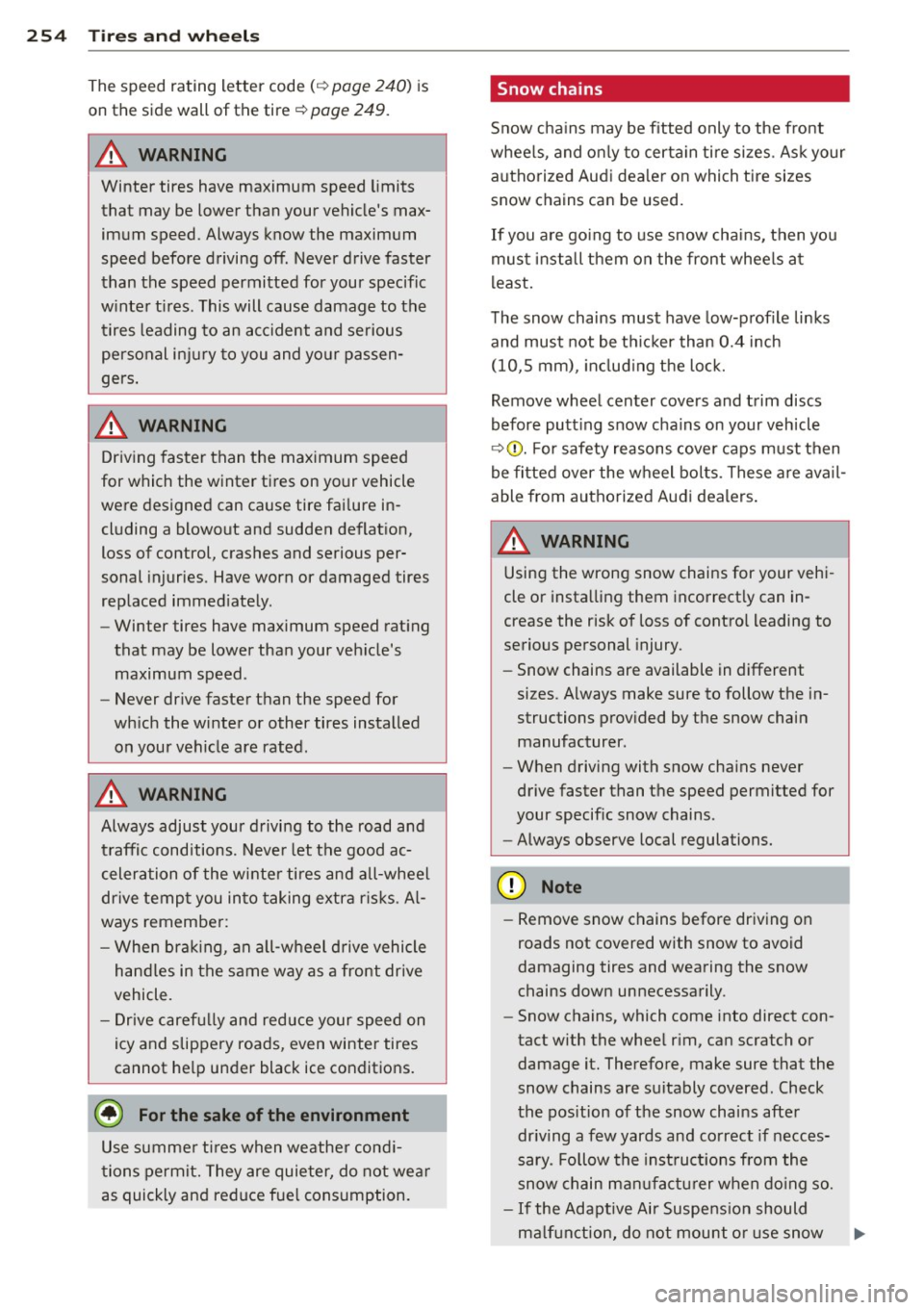
254 Tir es and whe els
The s peed ra ting le tter code( ¢ page 24 0) is
on the side wall of the tire¢ page
249.
A WARNING
Winter tires have maximum s peed limits
that may be lower t han your vehicle's max
imum speed . Always know the maximum
speed before driving off . Never drive faster
than the speed permitted for your specific
w inter t ires. This will cause damage to the
tires leading to an accident and serious
pe rsonal inj ury to you and your passen
gers .
A WARNING I>=
Driving faster than the maximum speed
for which the winter tires on your vehicle
were designed can cause tire fai lure in
cluding a blowout and sudden deflat ion,
loss of control, crashes and serious per
sonal injuries. Have worn or damaged tires
rep laced immed iate ly .
- Winter tires have maximum speed rat ing
that may be lower than your veh icle's
maximum speed .
- Never drive faster than the speed for
w hich the winter or other tires installed
on your vehicle are rated.
A WARNING
Always adjust your d rivi ng to the road and
tr affic conditions. Neve r let the good ac
celeration of the wi nte r t ir es and all-whee l
dr ive temp t you in to taking extr a ris ks . A l
ways remember :
- Whe n bra ki ng , an a ll-wheel d rive vehicle
hand les in the s ame way as a front drive
vehicle.
- Drive caref ully and reduce your speed on
icy and slippery roads, even winter tires
cannot he lp under black ice conditions.
@) For the sake of the environment
Use summe r ti res when weathe r cond i
tions perm it. They are quieter, do not we ar
as quickly and red uce fue l consumption.
Snow chains
S now cha ins may be fitted only to the front
whee ls, and o nly to cer tain ti re si zes . As k your
a uthorized Aud i dea ler on whi ch tire sizes
snow chains can be used.
If you a re go ing to use snow cha ins, then you
mus t install t hem on the front whee ls a t
l east.
T he snow chains must have low-p rofile links
and mus t not be t hicker than 0.4 inch
(10,S mm) , in cl ud ing t he loc k.
Remove whee l center cove rs and trim discs
before putt ing snow chains on your vehicle
¢ (!) . For safety reasons cove r caps must then
be fi tted over the wheel bo lts. These are ava il
able from authorized Aud i dea lers .
A WARNING
=
Using the wrong snow chains for your vehi -
cle or insta lling them incorrect ly can in
crease the risk of loss of contro l leading to
serious pe rsonal injury.
- Snow chains are available in different
sizes . Always make sure to follow the in
structions prov ided by the snow chain
manufacturer .
- W hen driving with snow cha ins never
drive faster than the speed permitted for
your specific snow chains.
- Always observe local regulations.
(D Note
- Remove snow chains before dr iving on
roads not covered with snow to avoid
damaging tires and wearing the snow
chains down unnecessarily .
- Snow chains, which come into direct con
tact with the whee l rim, ca n scratch or
damage it. Therefore, make sure that the
snow chains are s uitably covered. Check
the pos ition of the snow chains afte r
dr iving a few yards and co rrect if necces
sary. Follow the inst ruct io ns from the
snow chain m an uf actur er when do ing so.
- If the Ada ptive Ai r Suspe nsio n should
m alfu nction, do not mount o r use snow
11-
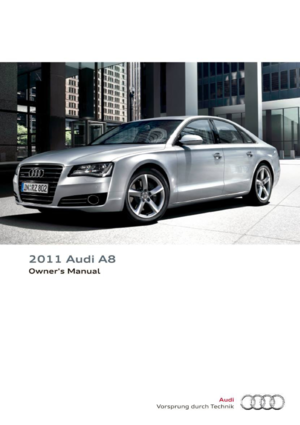 1
1 2
2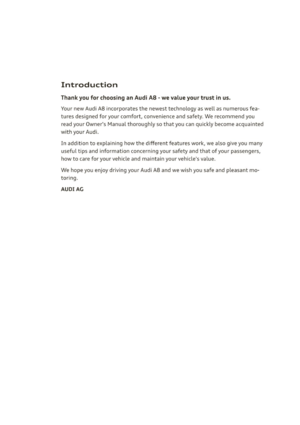 3
3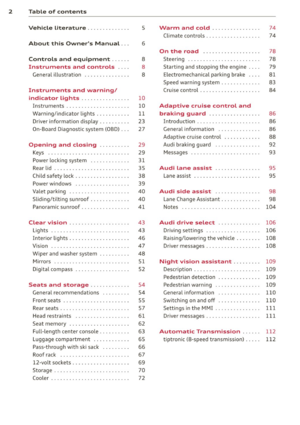 4
4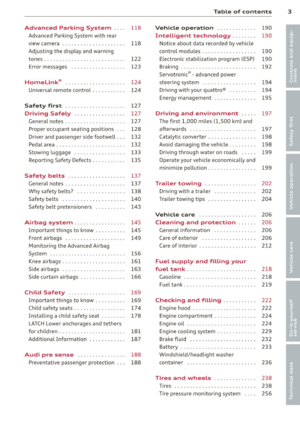 5
5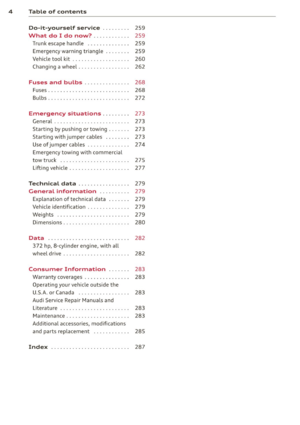 6
6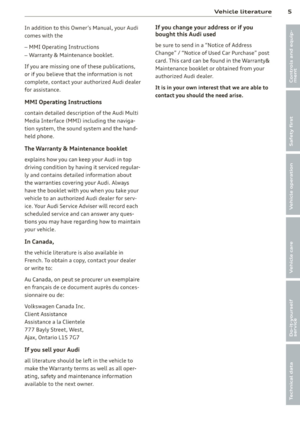 7
7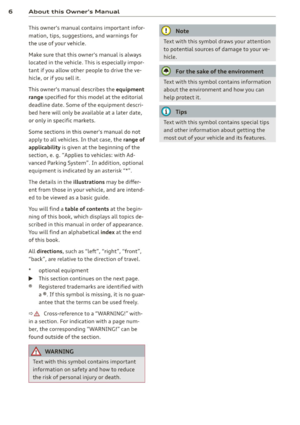 8
8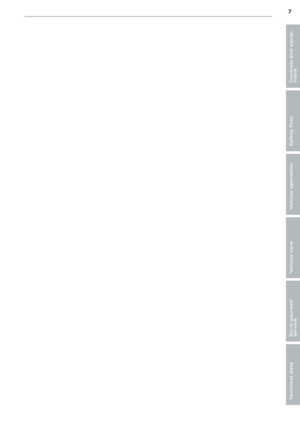 9
9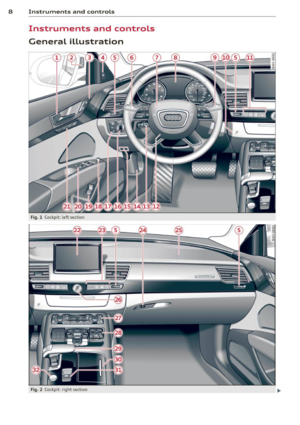 10
10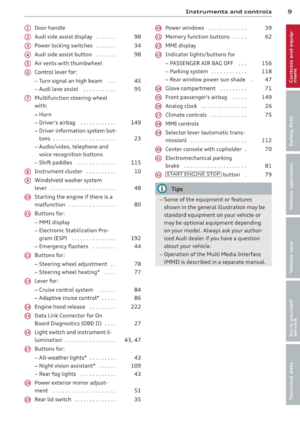 11
11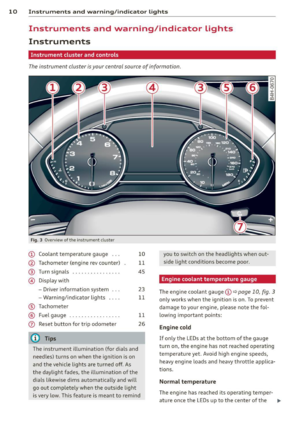 12
12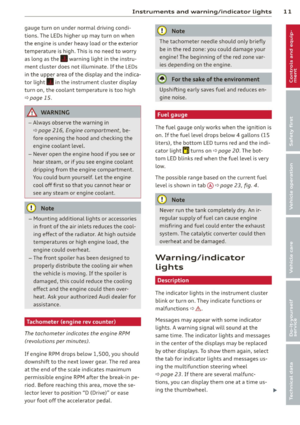 13
13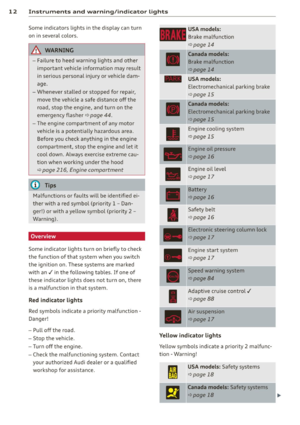 14
14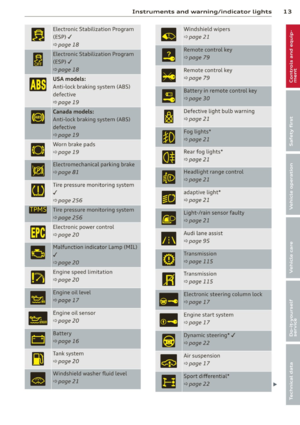 15
15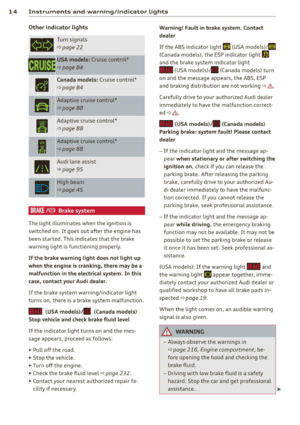 16
16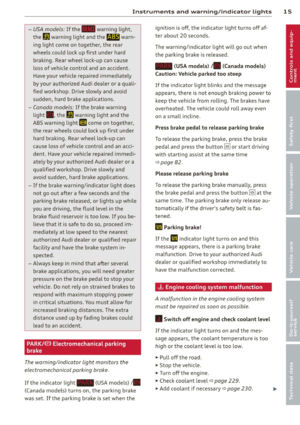 17
17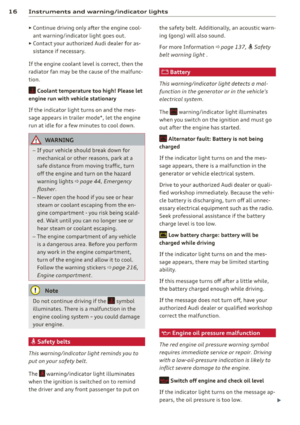 18
18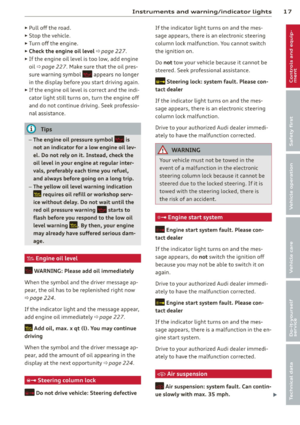 19
19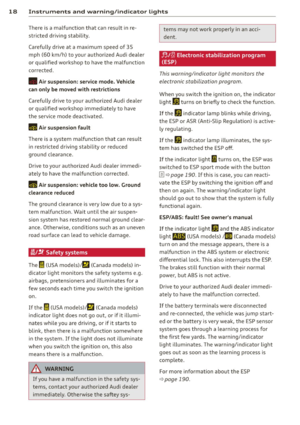 20
20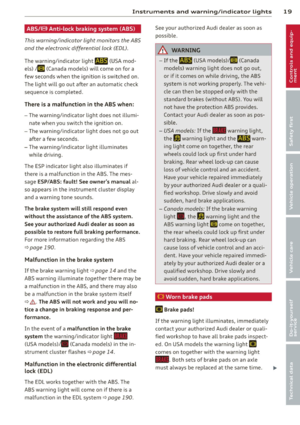 21
21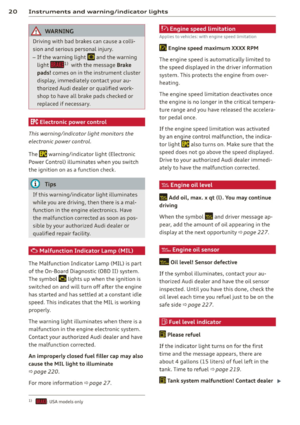 22
22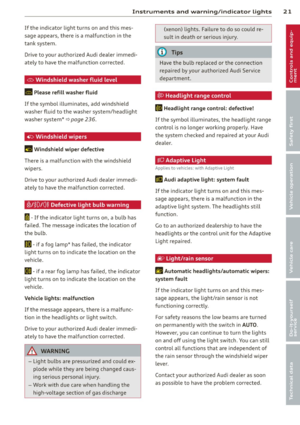 23
23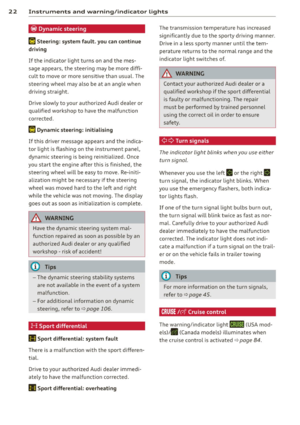 24
24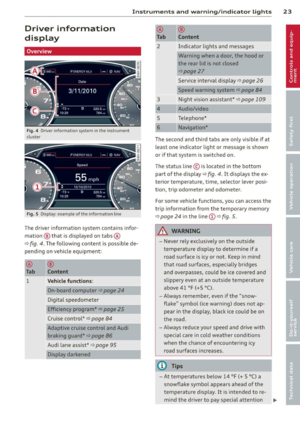 25
25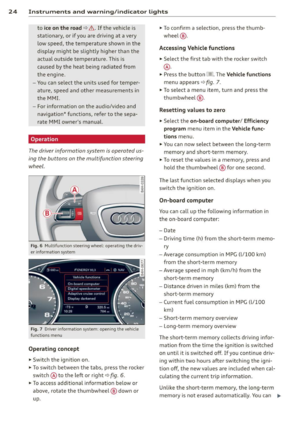 26
26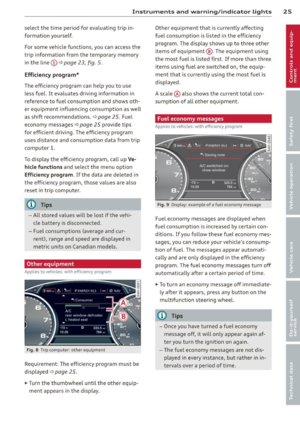 27
27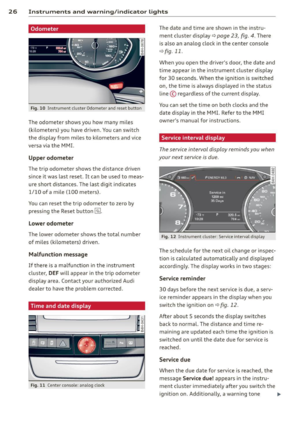 28
28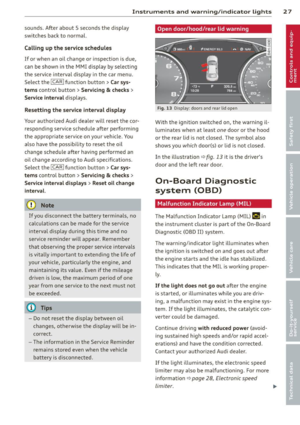 29
29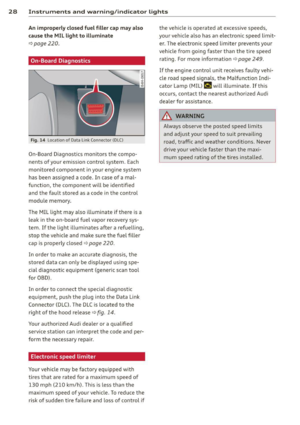 30
30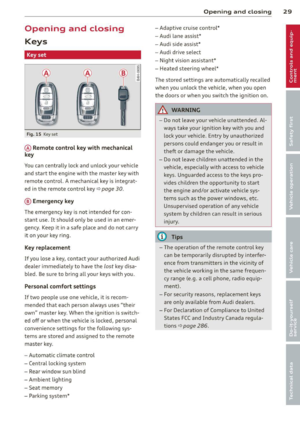 31
31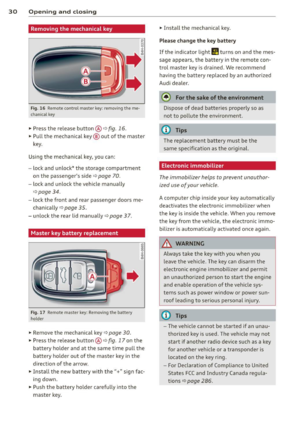 32
32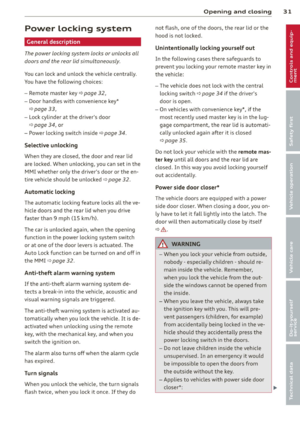 33
33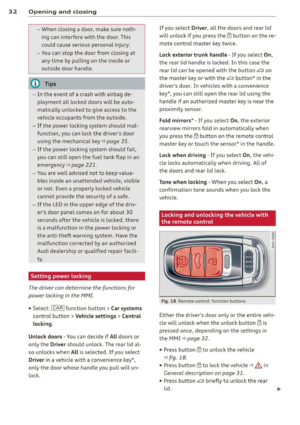 34
34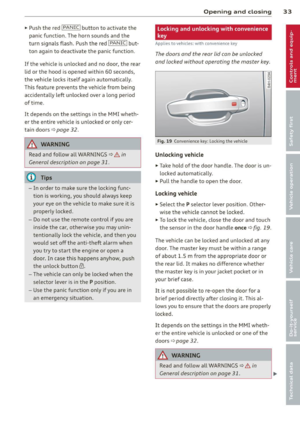 35
35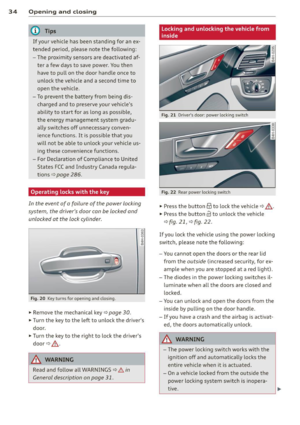 36
36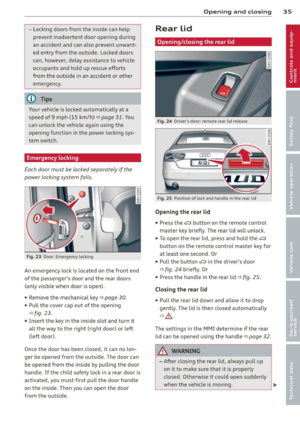 37
37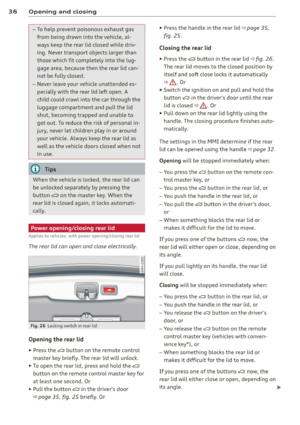 38
38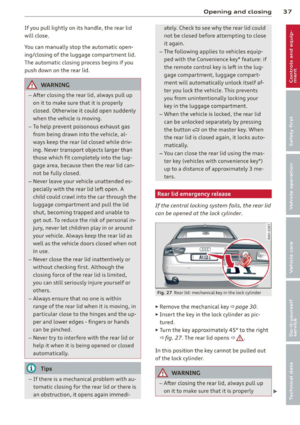 39
39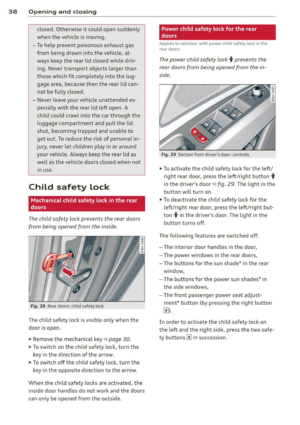 40
40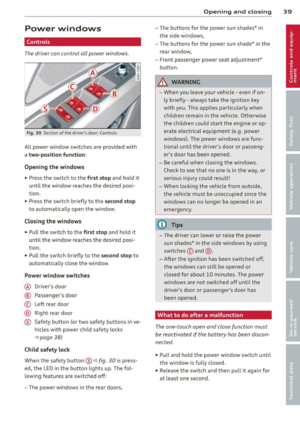 41
41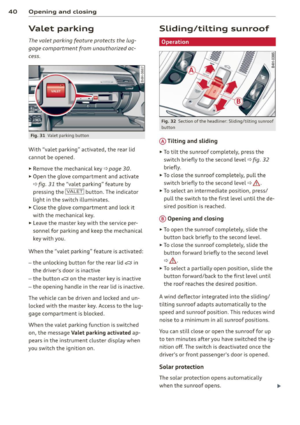 42
42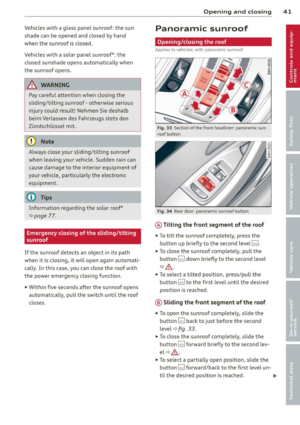 43
43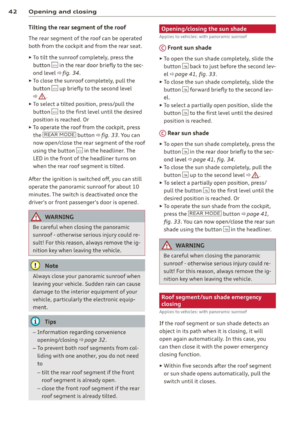 44
44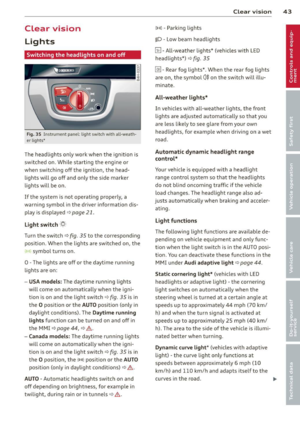 45
45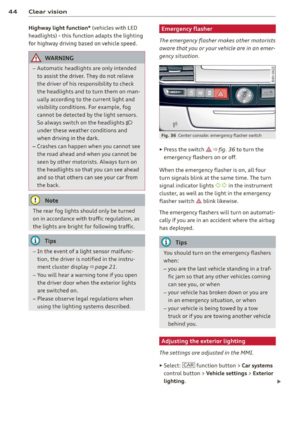 46
46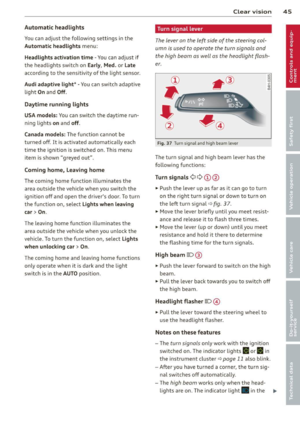 47
47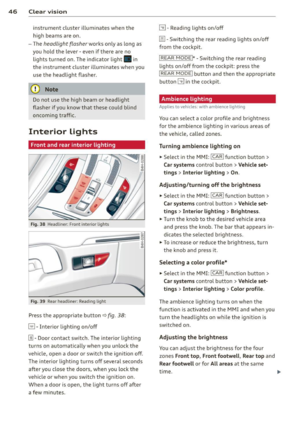 48
48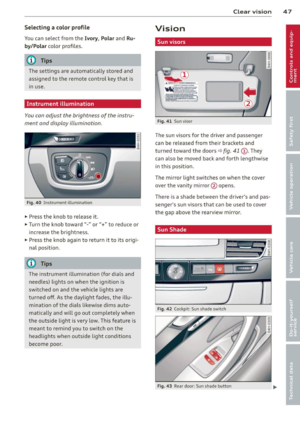 49
49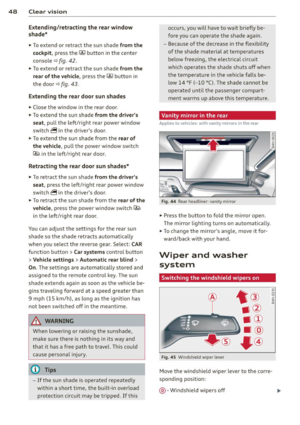 50
50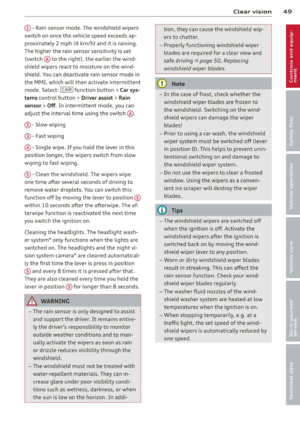 51
51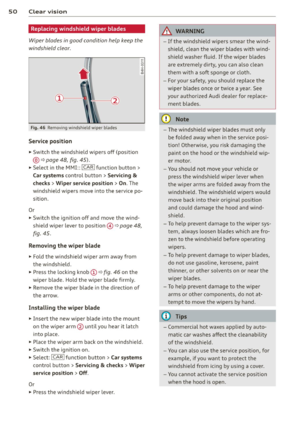 52
52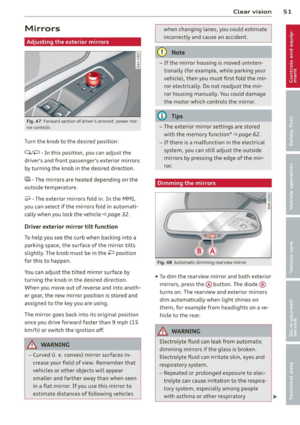 53
53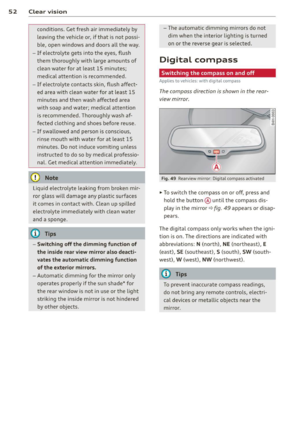 54
54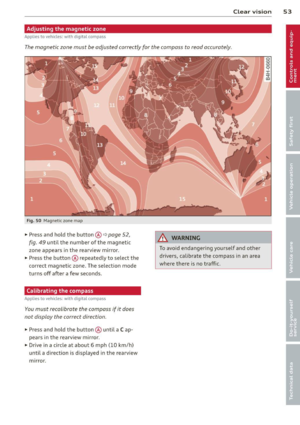 55
55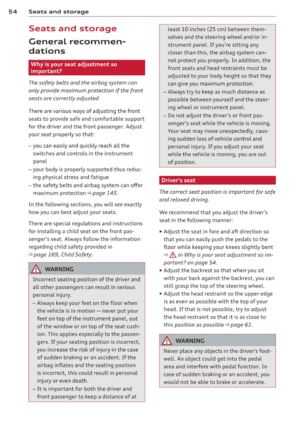 56
56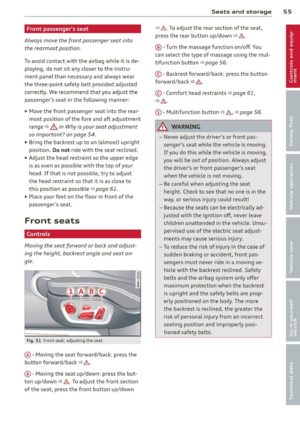 57
57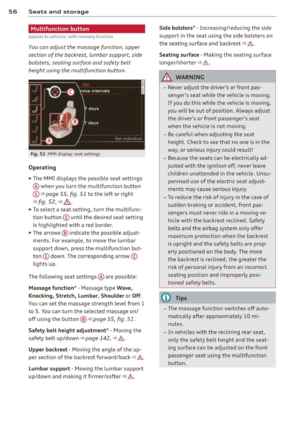 58
58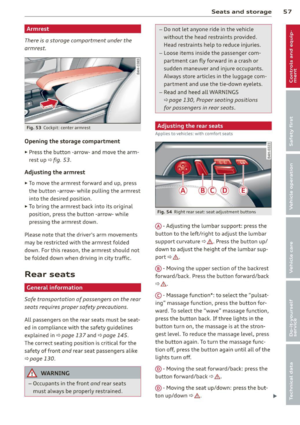 59
59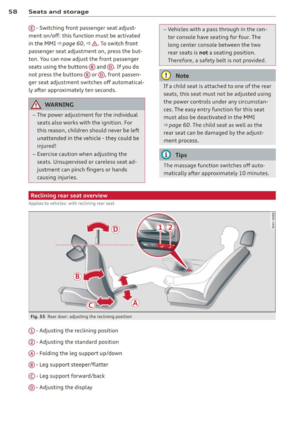 60
60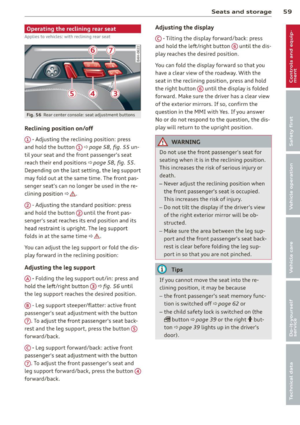 61
61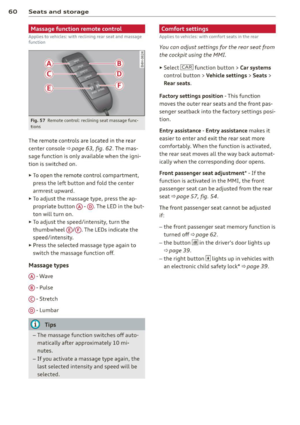 62
62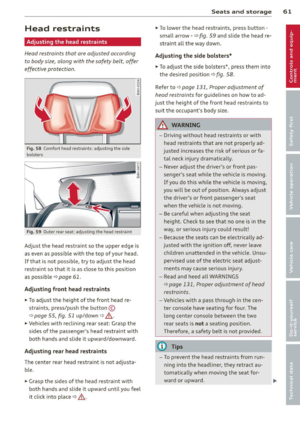 63
63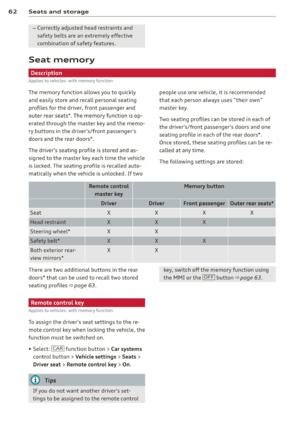 64
64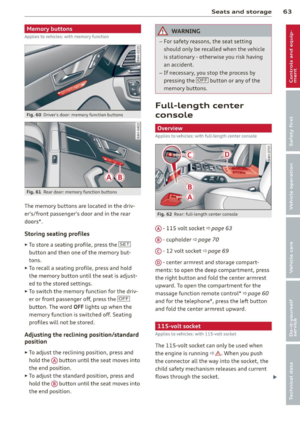 65
65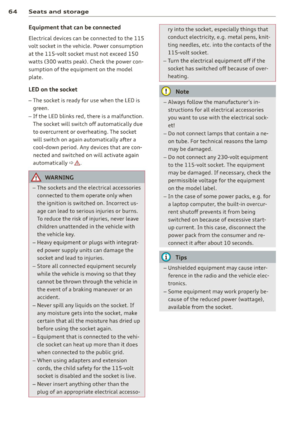 66
66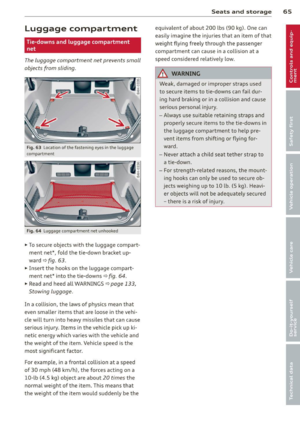 67
67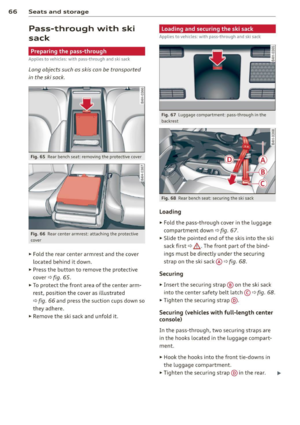 68
68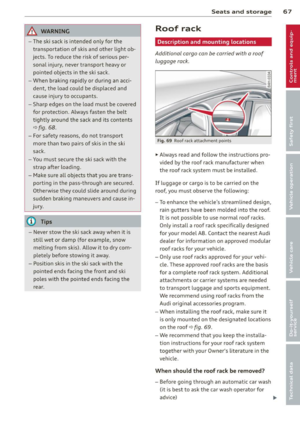 69
69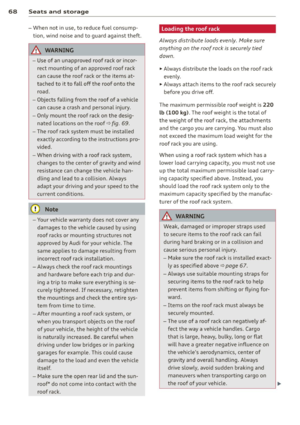 70
70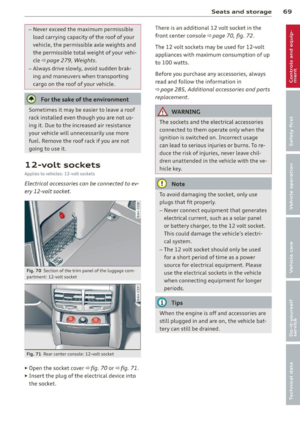 71
71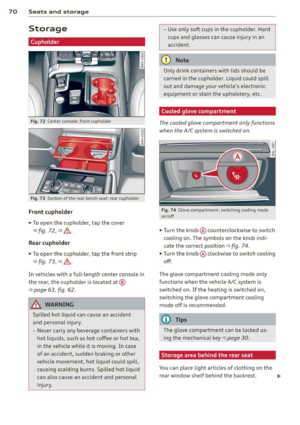 72
72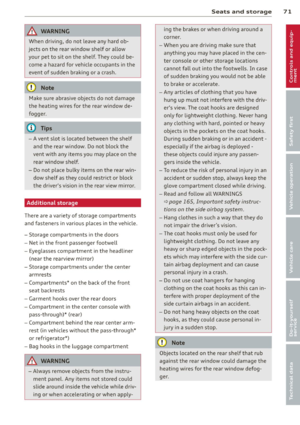 73
73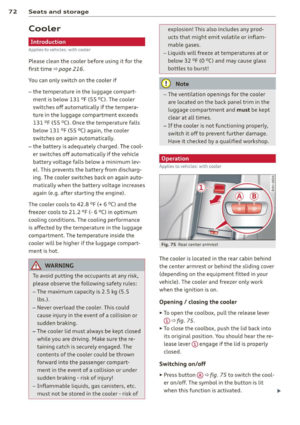 74
74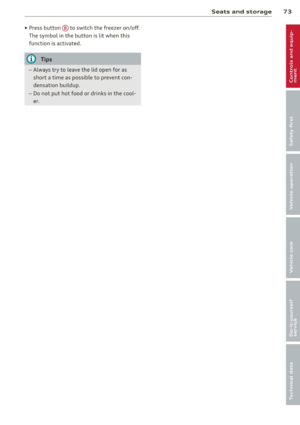 75
75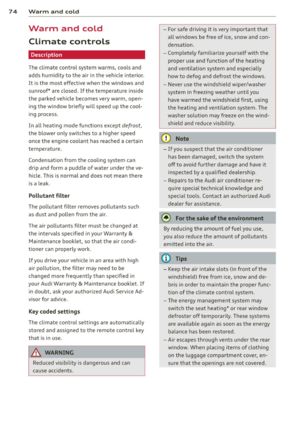 76
76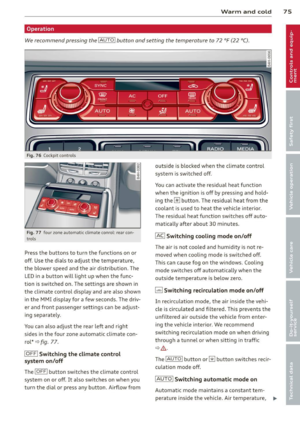 77
77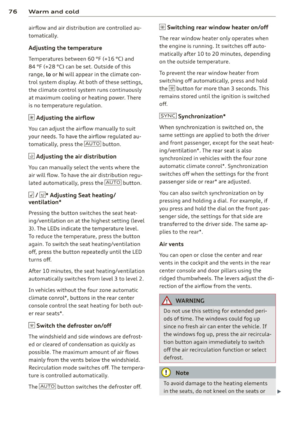 78
78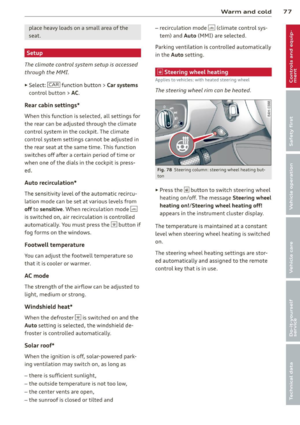 79
79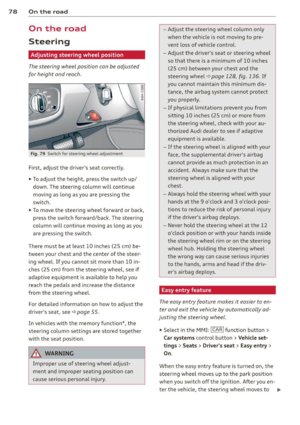 80
80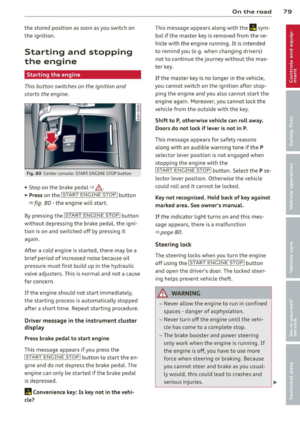 81
81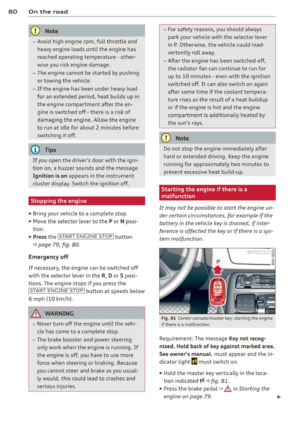 82
82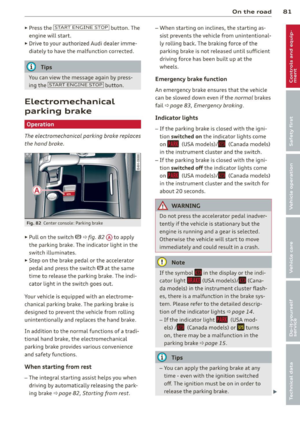 83
83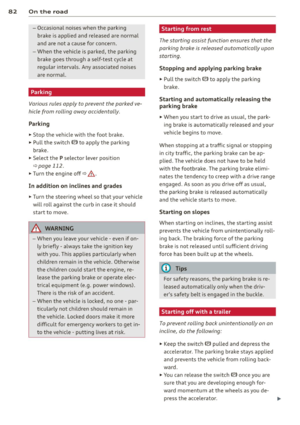 84
84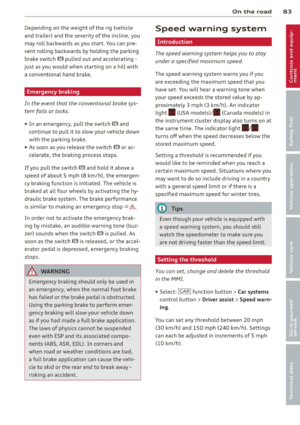 85
85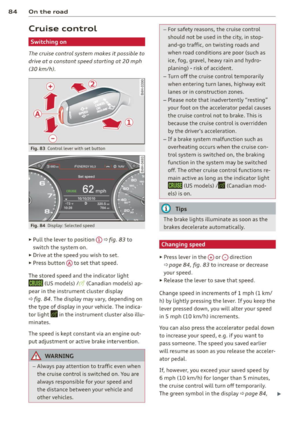 86
86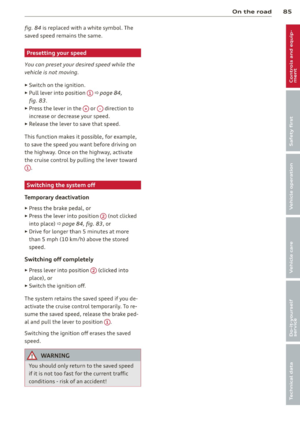 87
87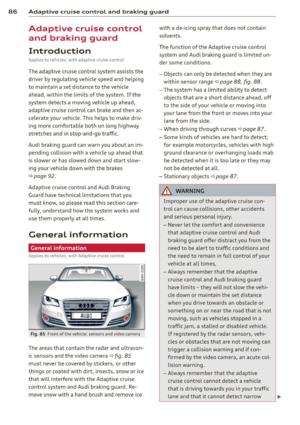 88
88 89
89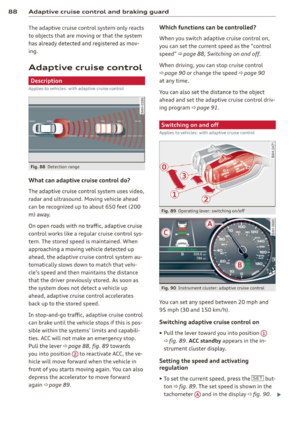 90
90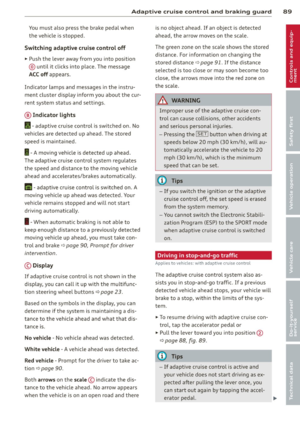 91
91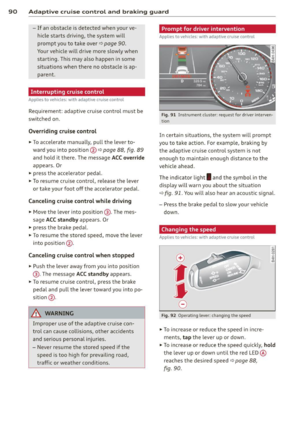 92
92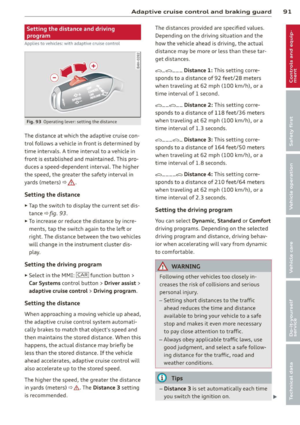 93
93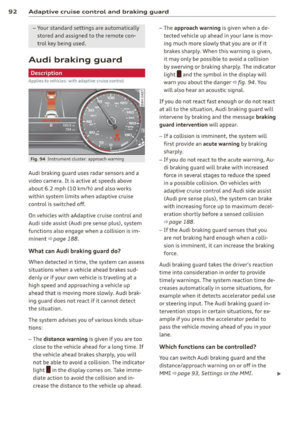 94
94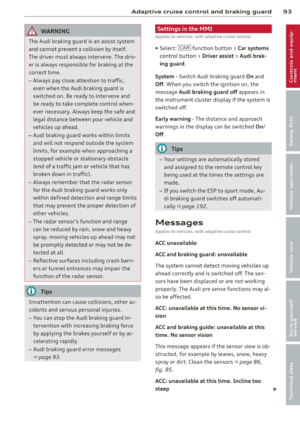 95
95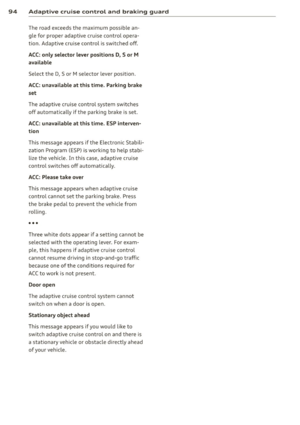 96
96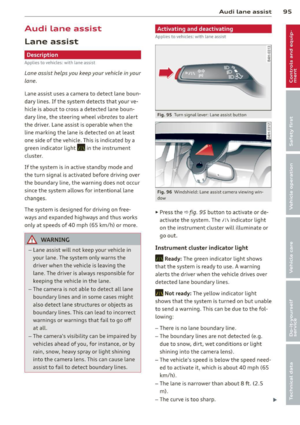 97
97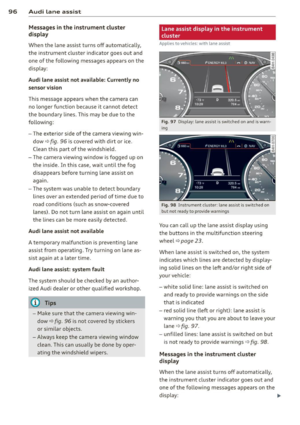 98
98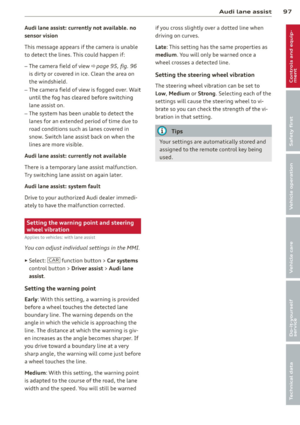 99
99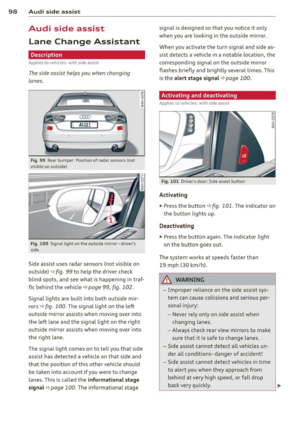 100
100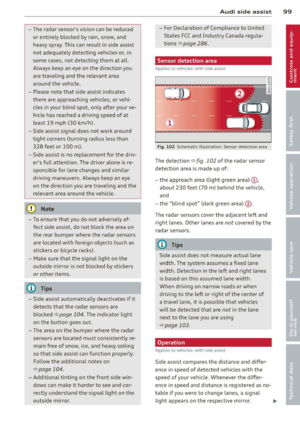 101
101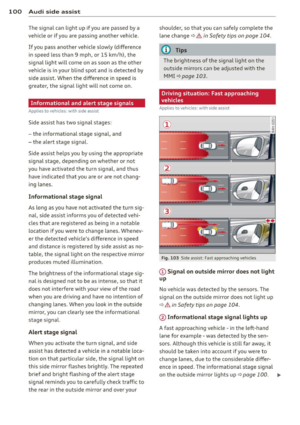 102
102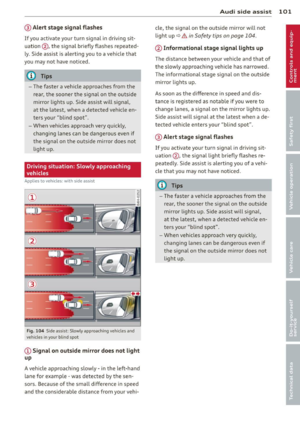 103
103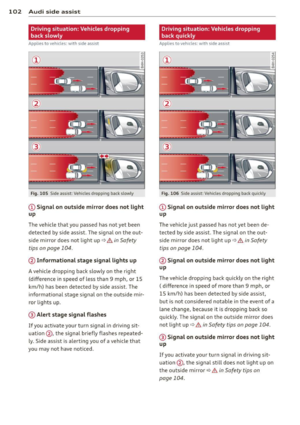 104
104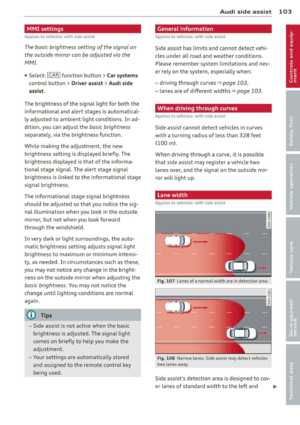 105
105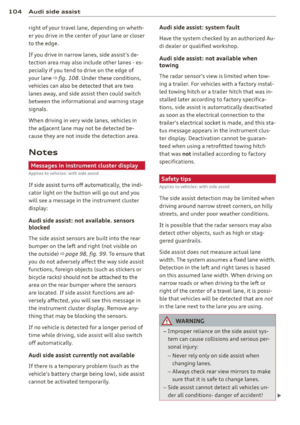 106
106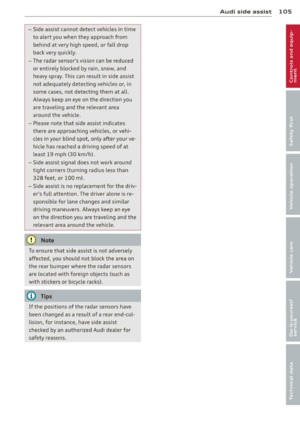 107
107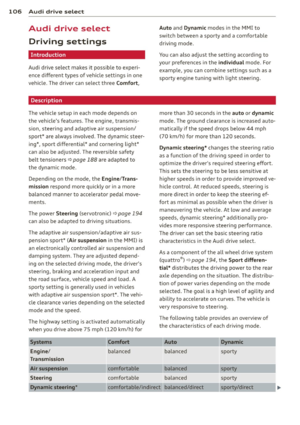 108
108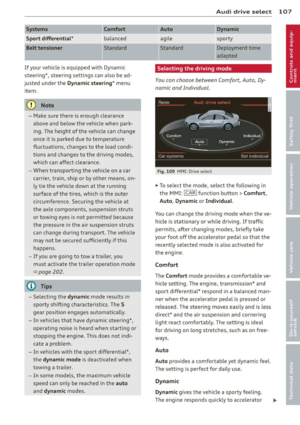 109
109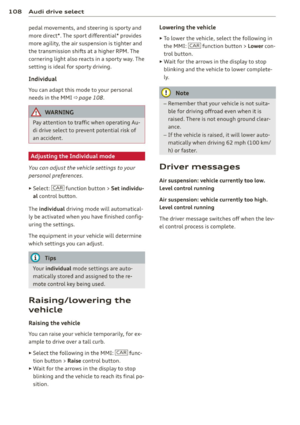 110
110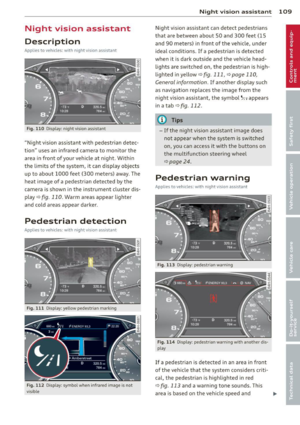 111
111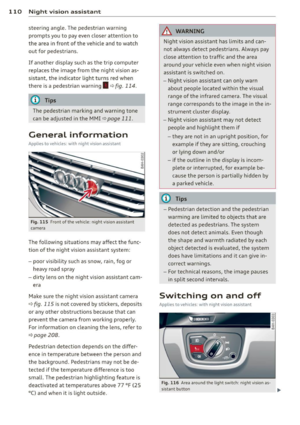 112
112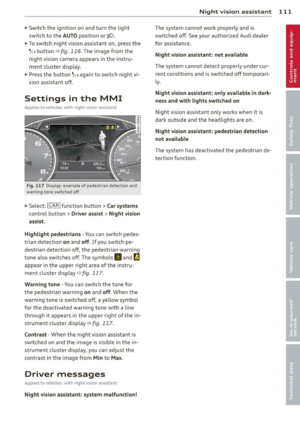 113
113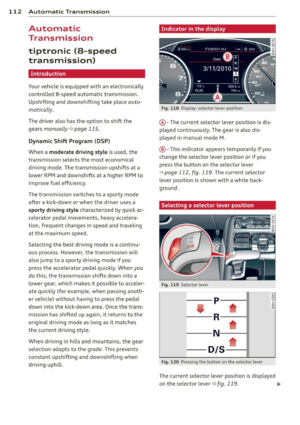 114
114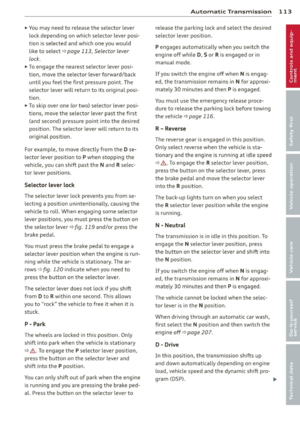 115
115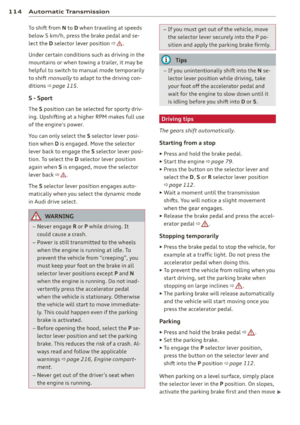 116
116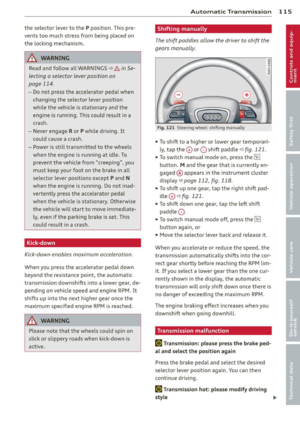 117
117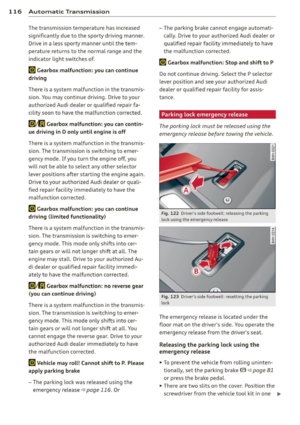 118
118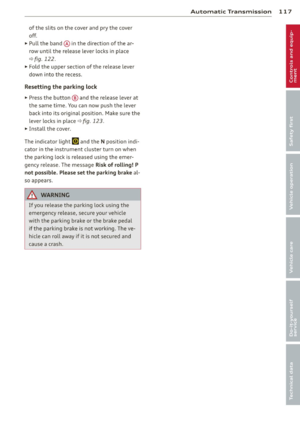 119
119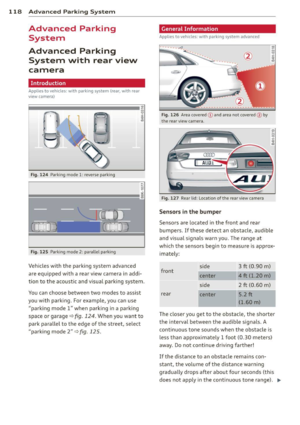 120
120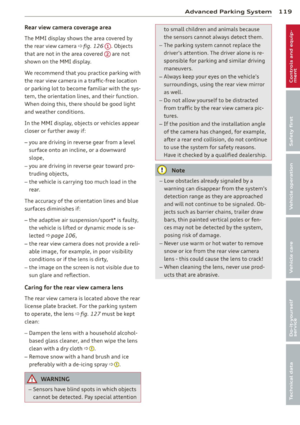 121
121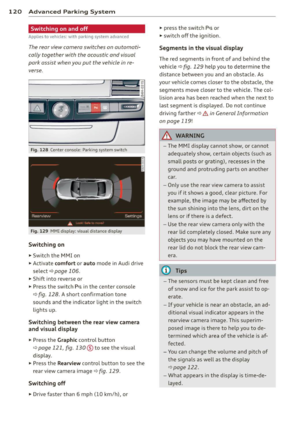 122
122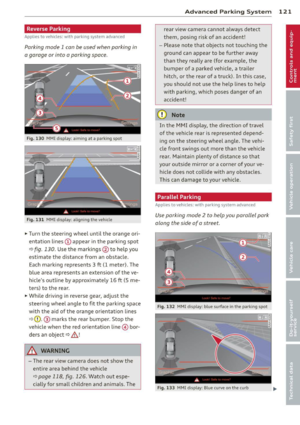 123
123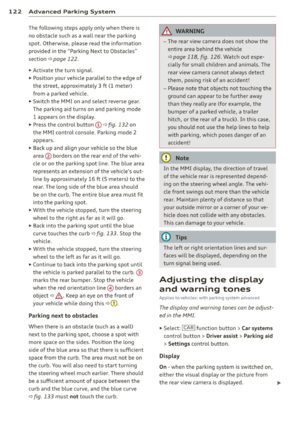 124
124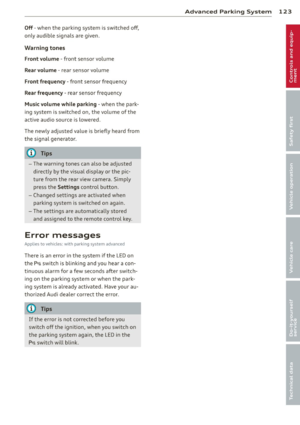 125
125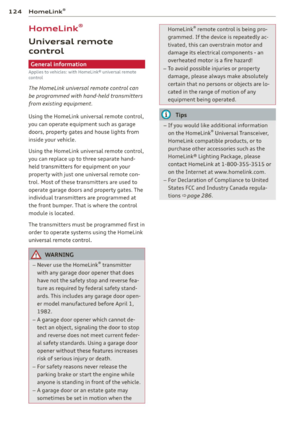 126
126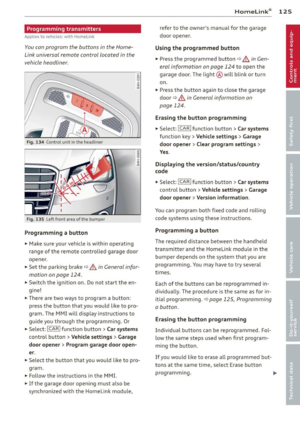 127
127 128
128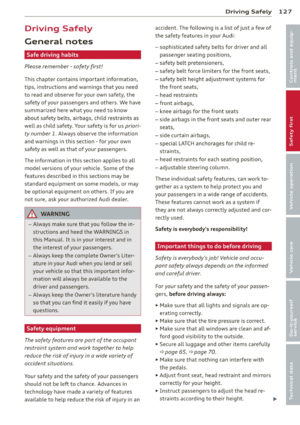 129
129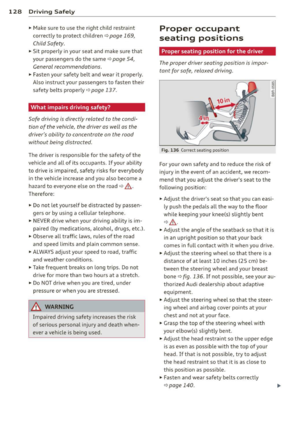 130
130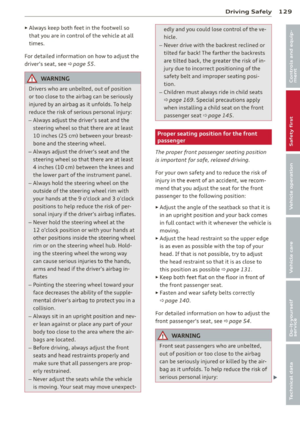 131
131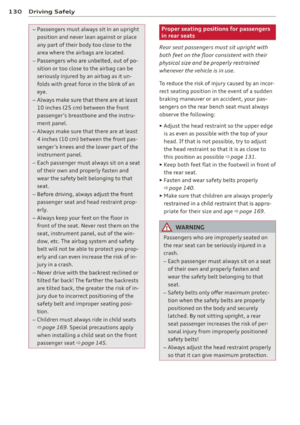 132
132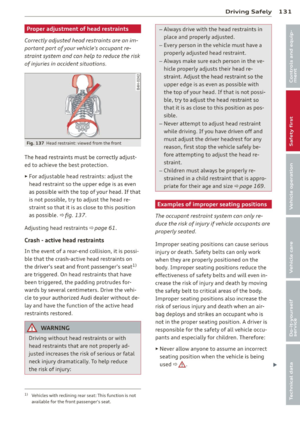 133
133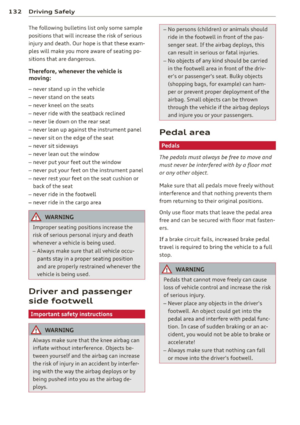 134
134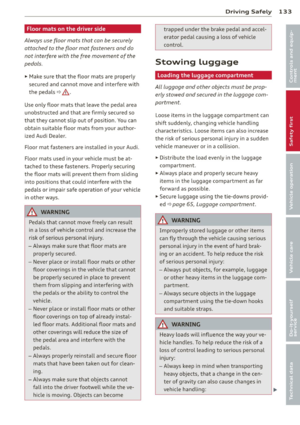 135
135 136
136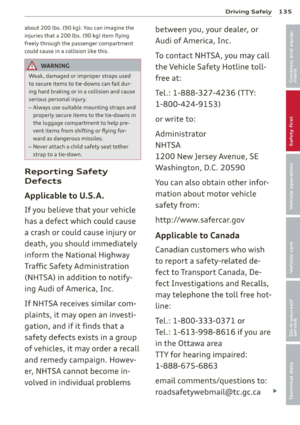 137
137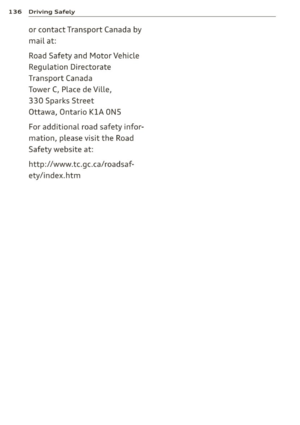 138
138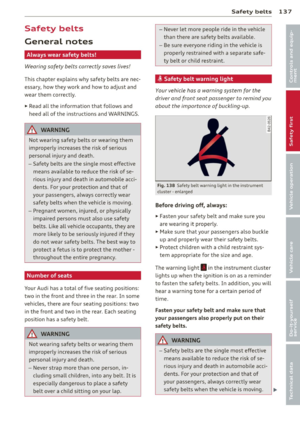 139
139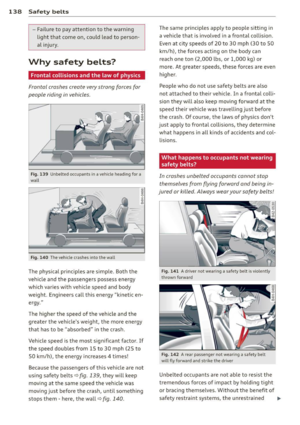 140
140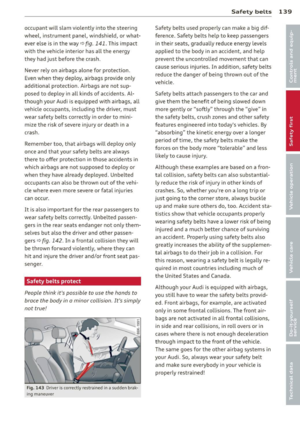 141
141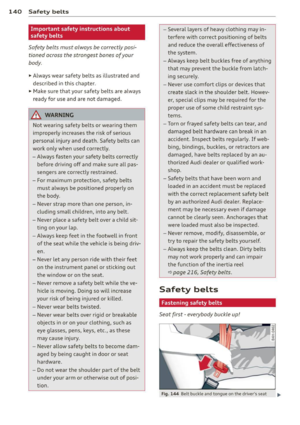 142
142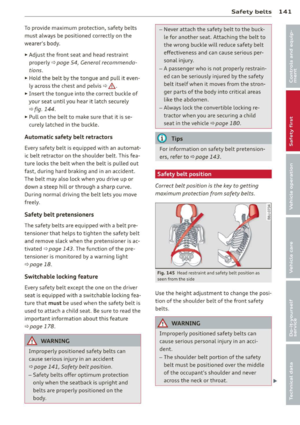 143
143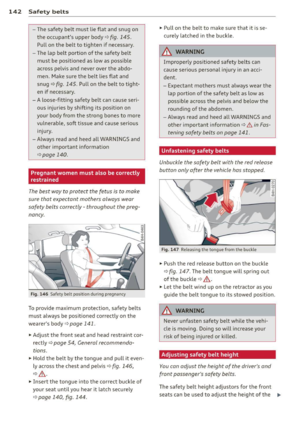 144
144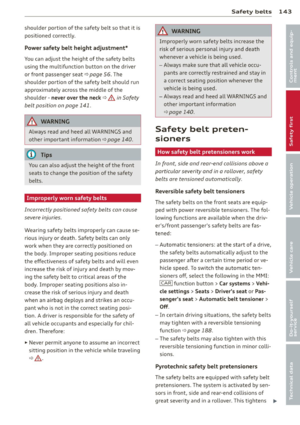 145
145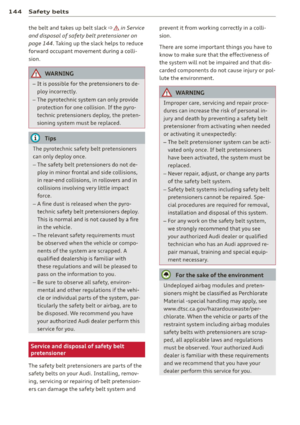 146
146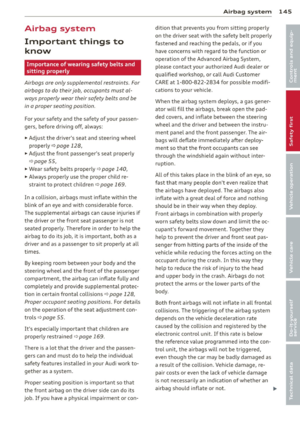 147
147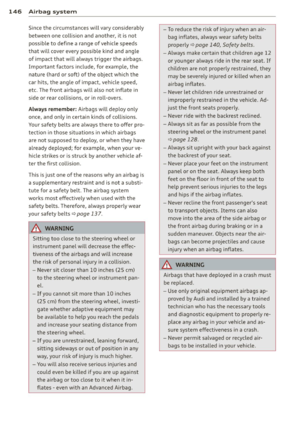 148
148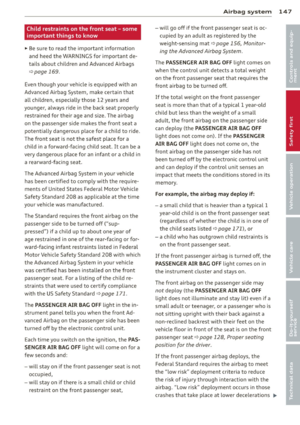 149
149 150
150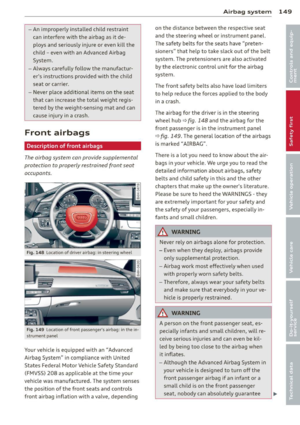 151
151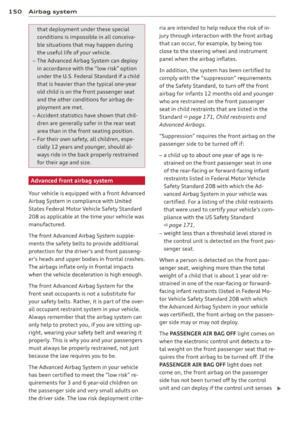 152
152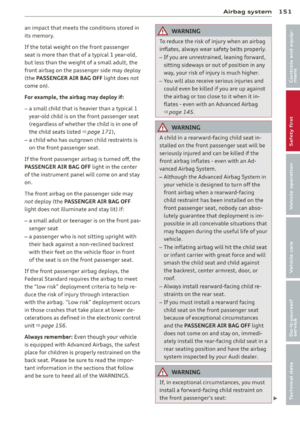 153
153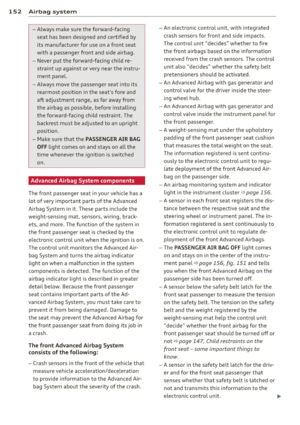 154
154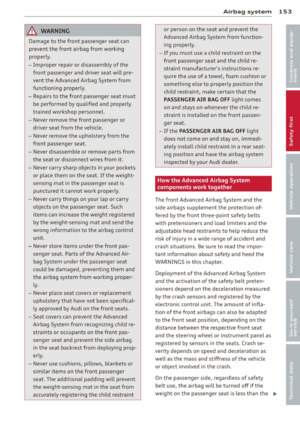 155
155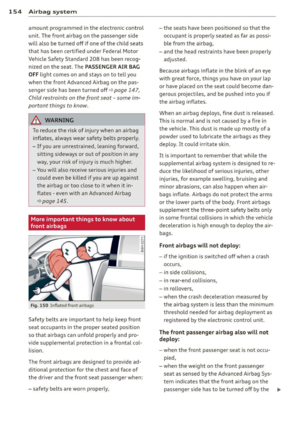 156
156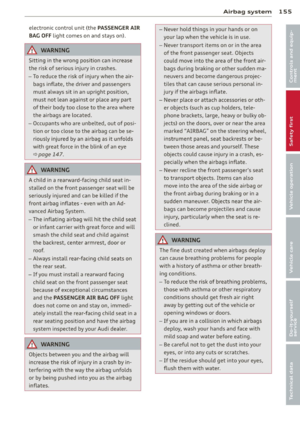 157
157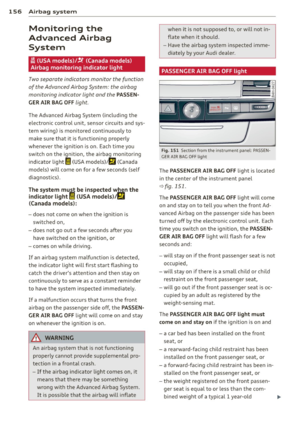 158
158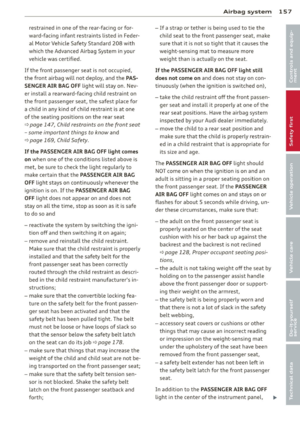 159
159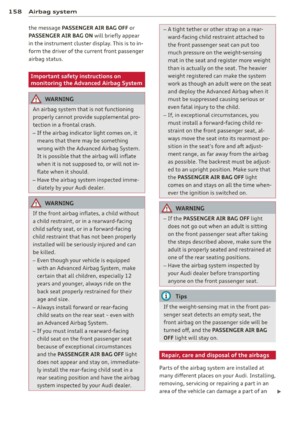 160
160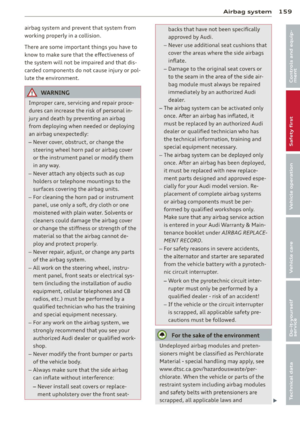 161
161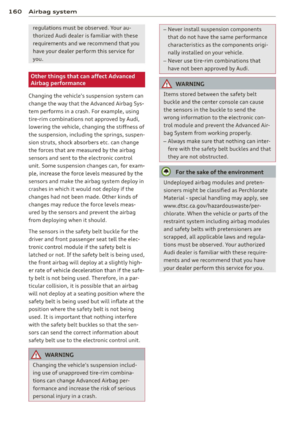 162
162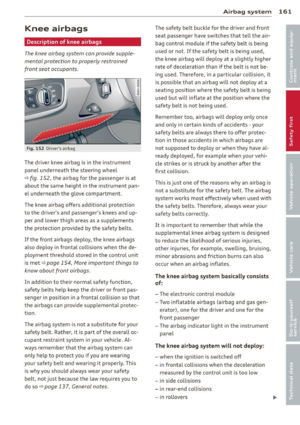 163
163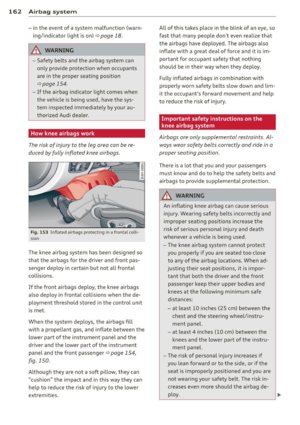 164
164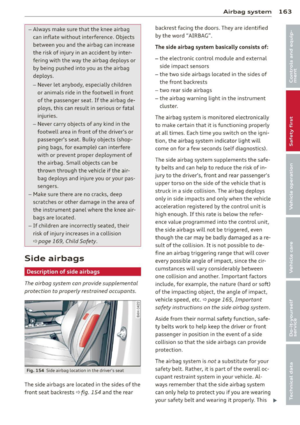 165
165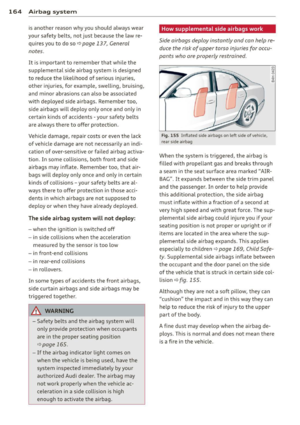 166
166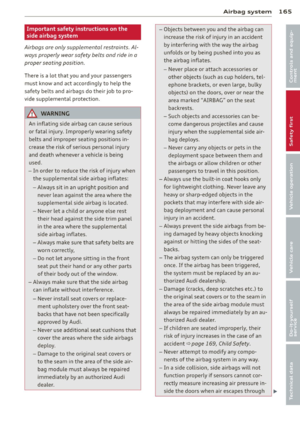 167
167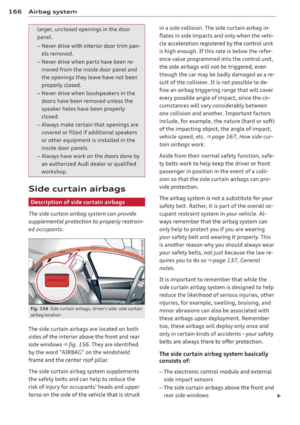 168
168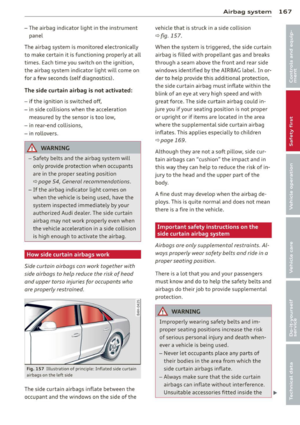 169
169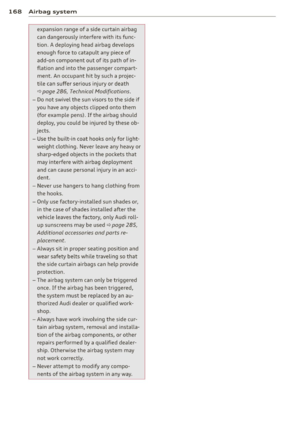 170
170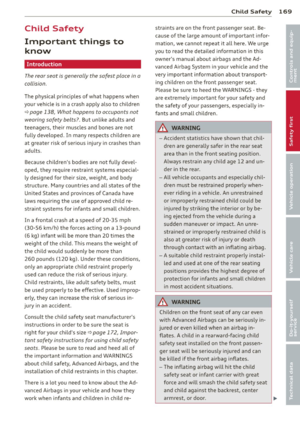 171
171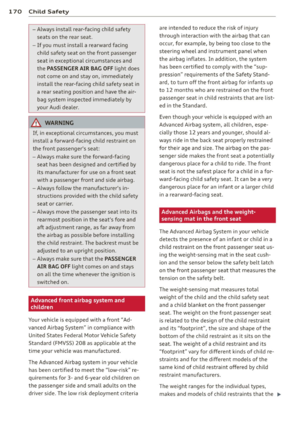 172
172 173
173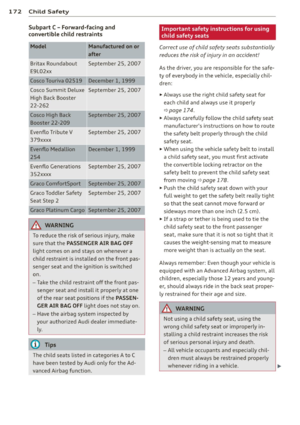 174
174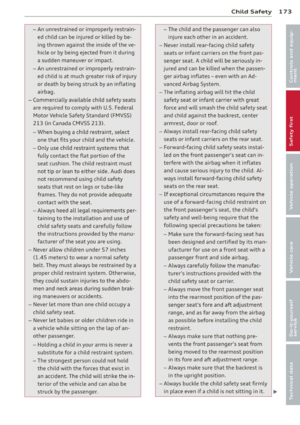 175
175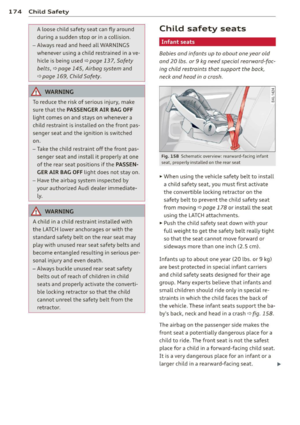 176
176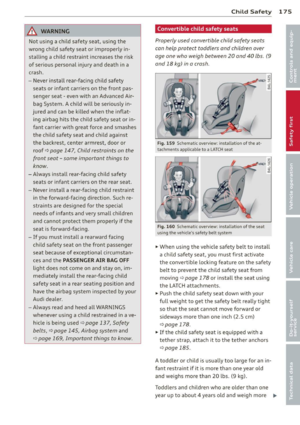 177
177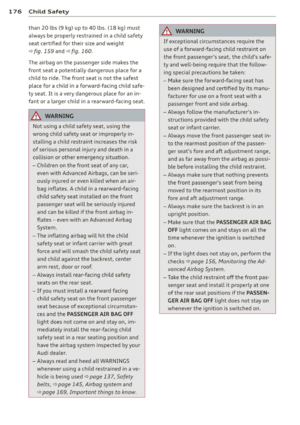 178
178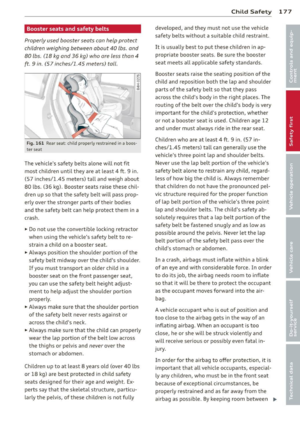 179
179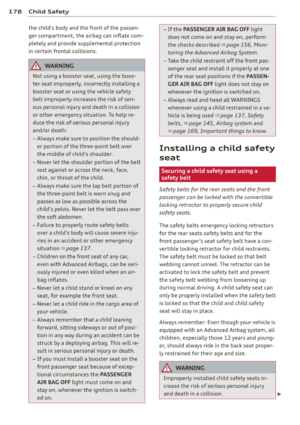 180
180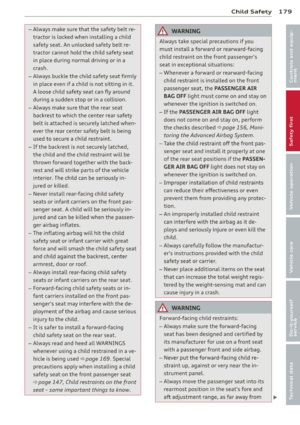 181
181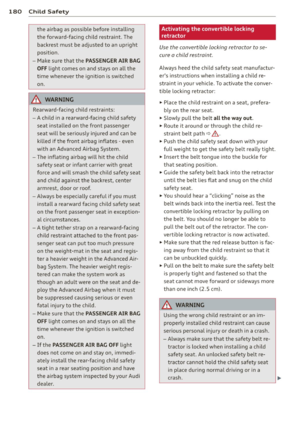 182
182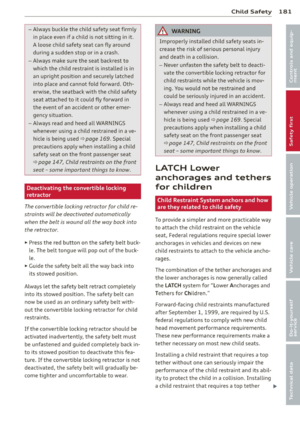 183
183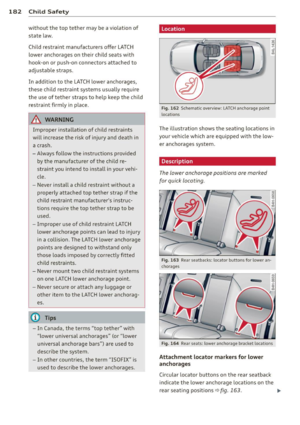 184
184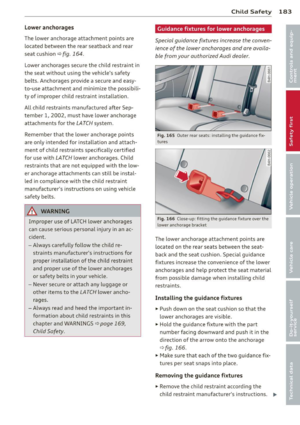 185
185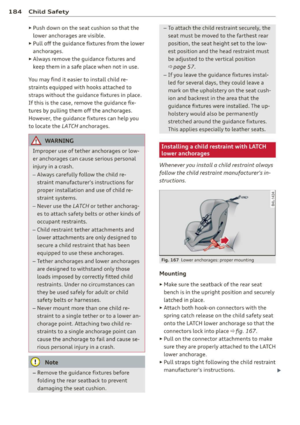 186
186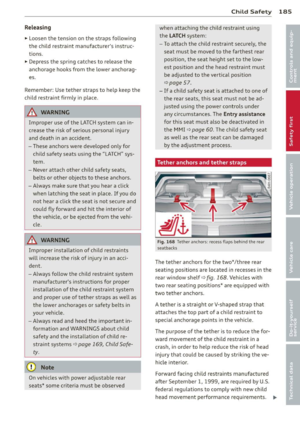 187
187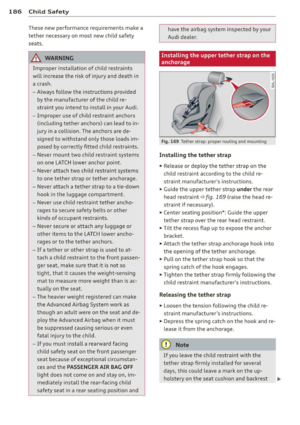 188
188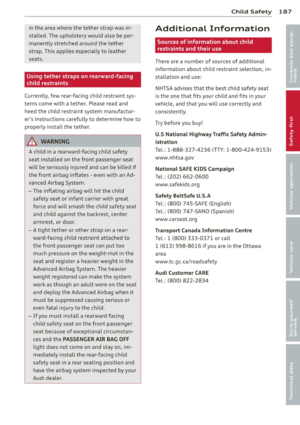 189
189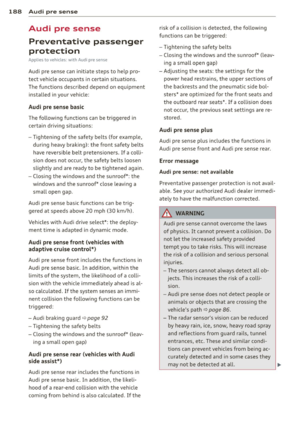 190
190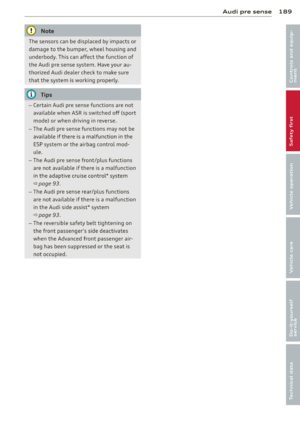 191
191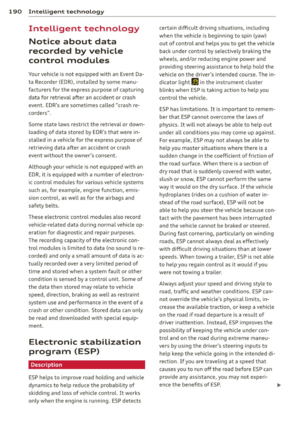 192
192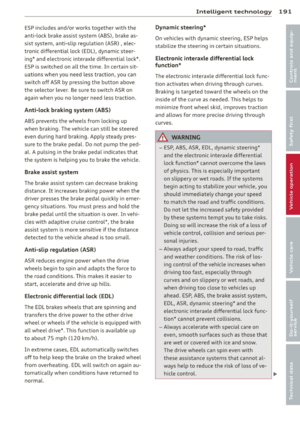 193
193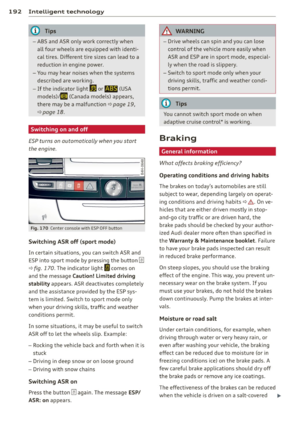 194
194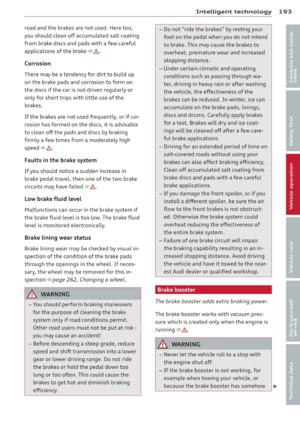 195
195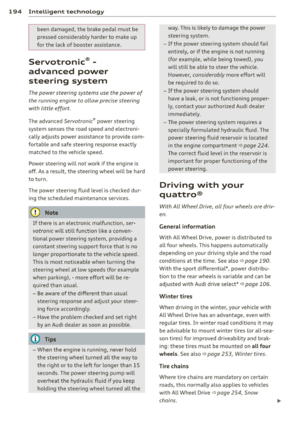 196
196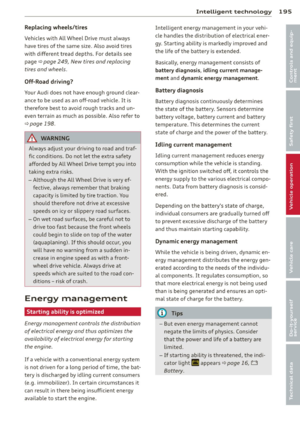 197
197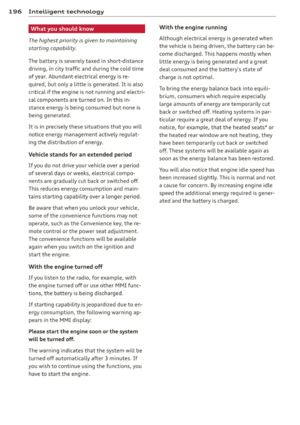 198
198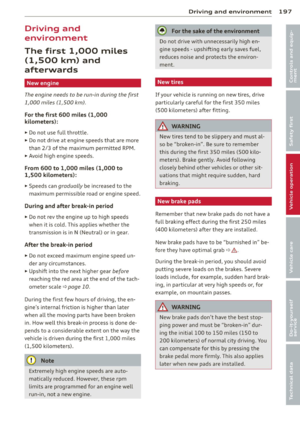 199
199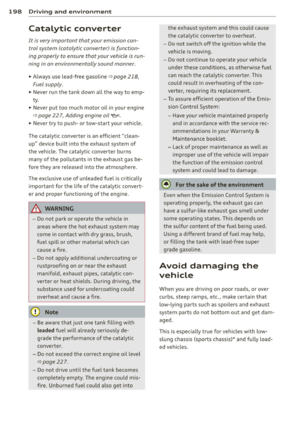 200
200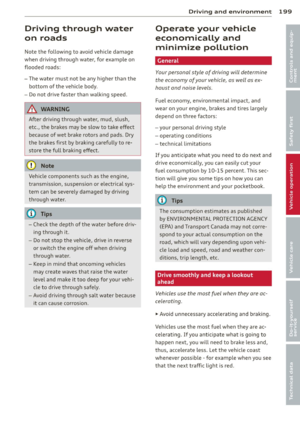 201
201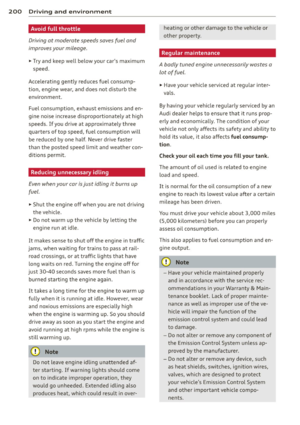 202
202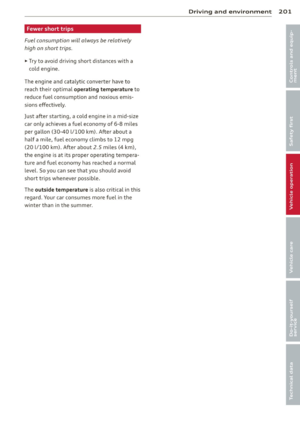 203
203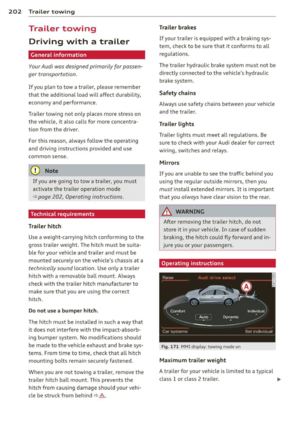 204
204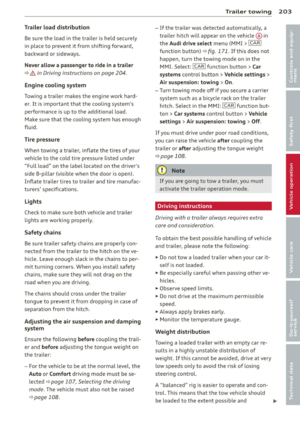 205
205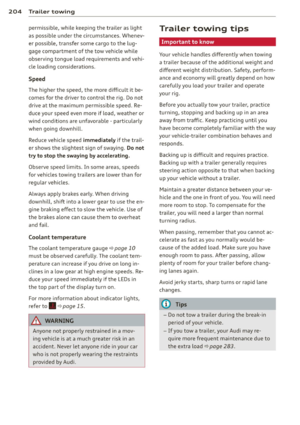 206
206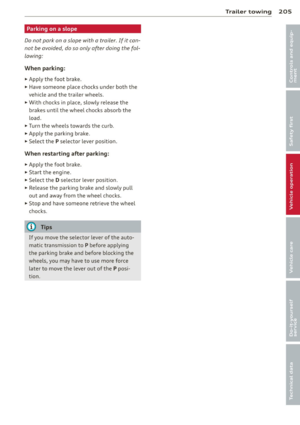 207
207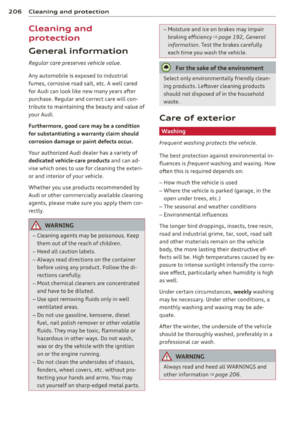 208
208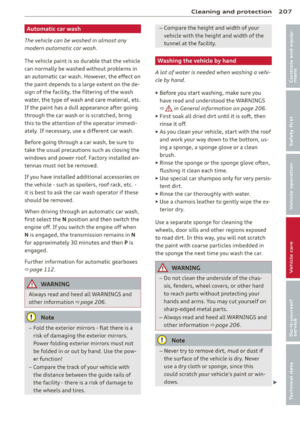 209
209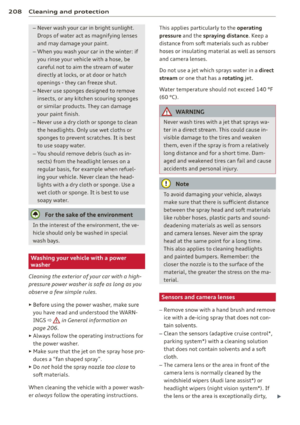 210
210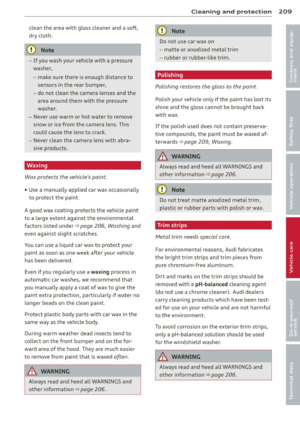 211
211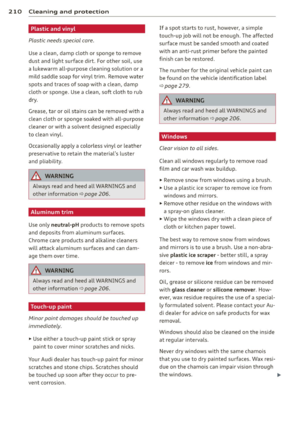 212
212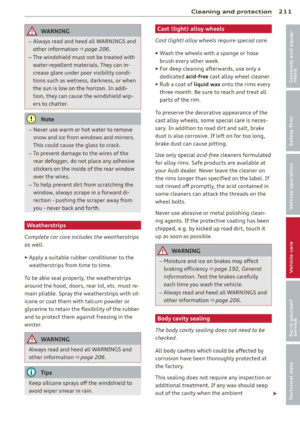 213
213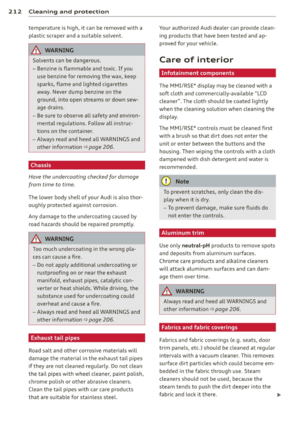 214
214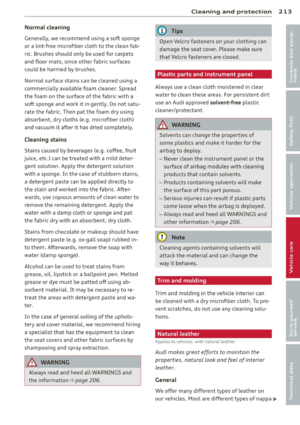 215
215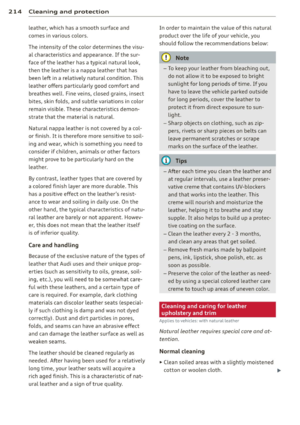 216
216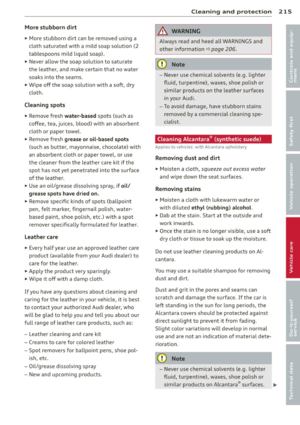 217
217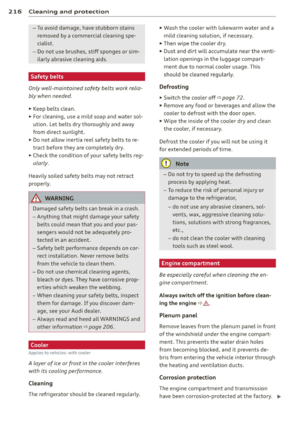 218
218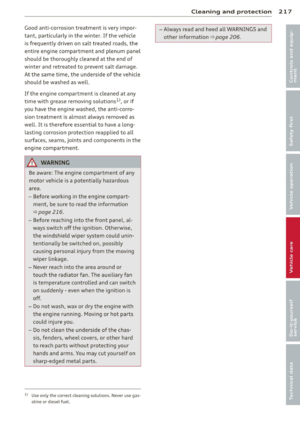 219
219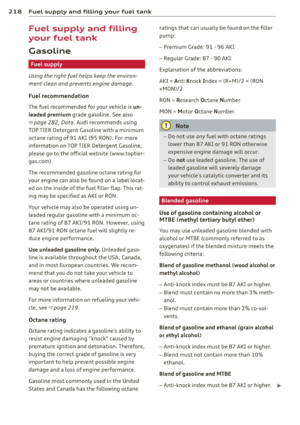 220
220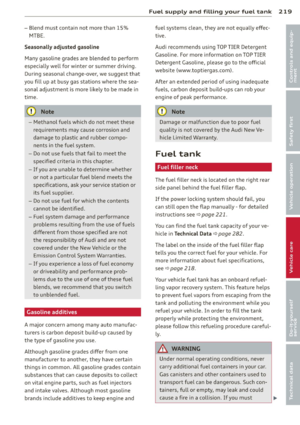 221
221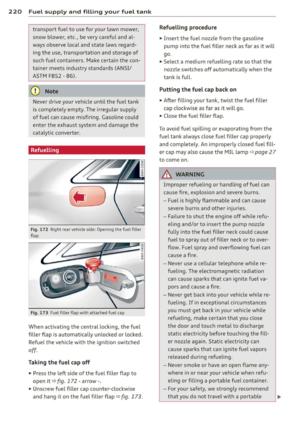 222
222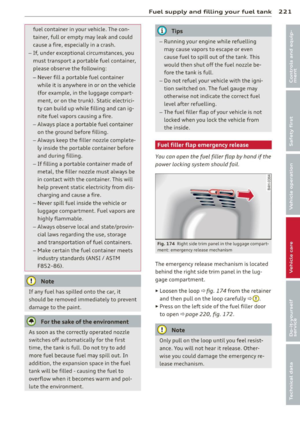 223
223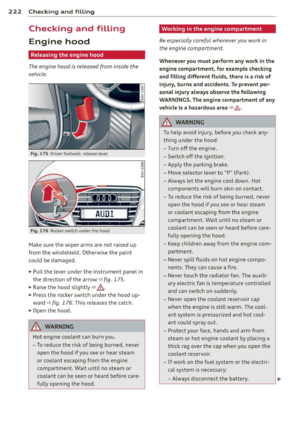 224
224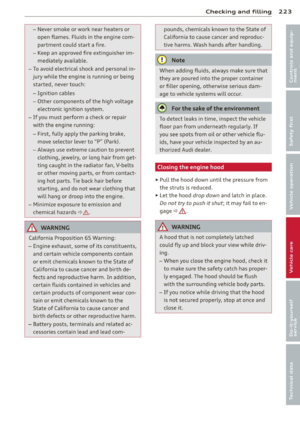 225
225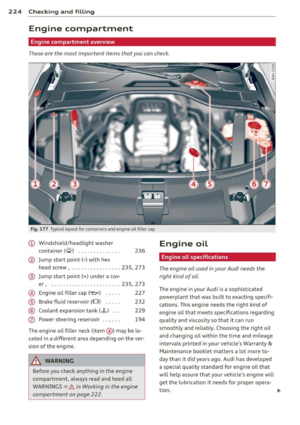 226
226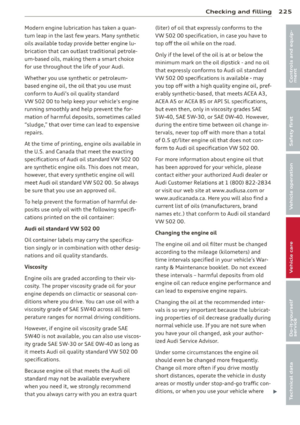 227
227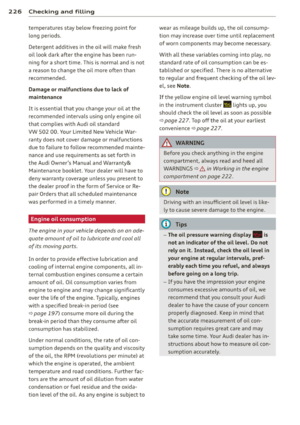 228
228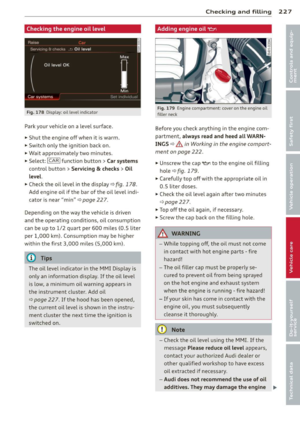 229
229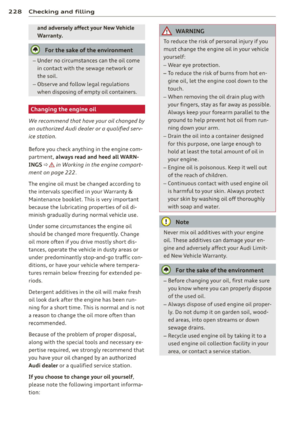 230
230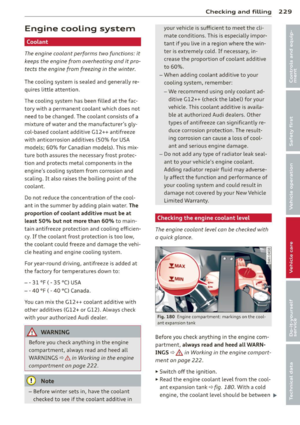 231
231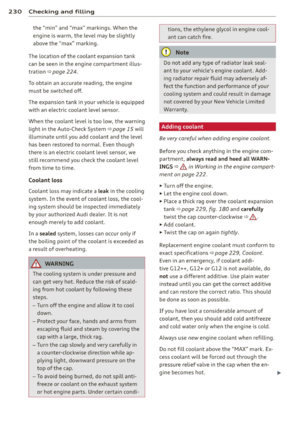 232
232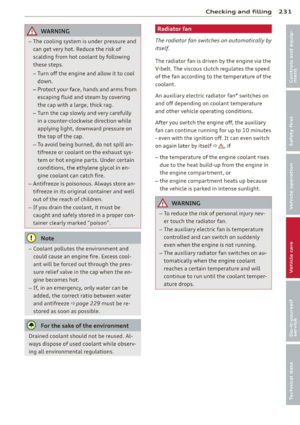 233
233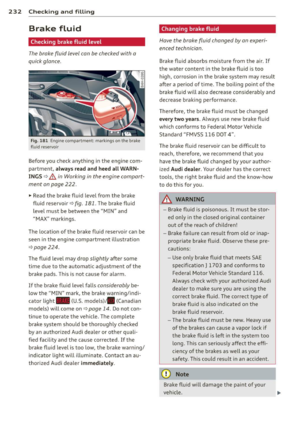 234
234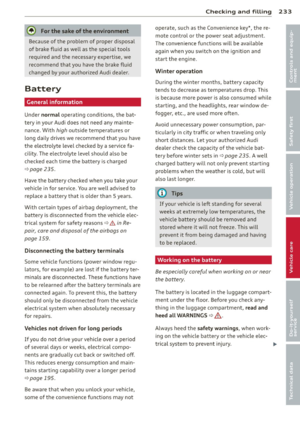 235
235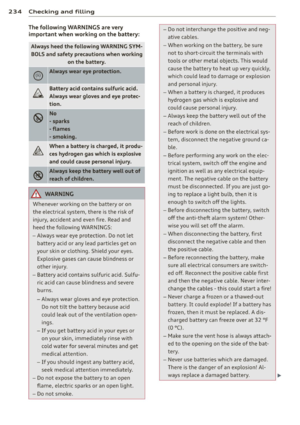 236
236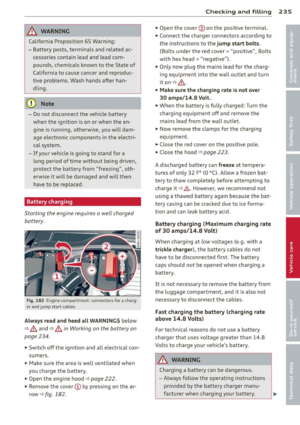 237
237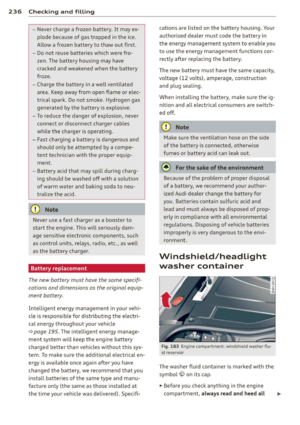 238
238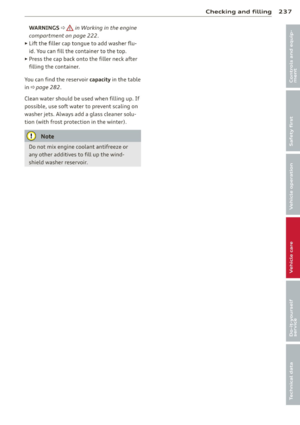 239
239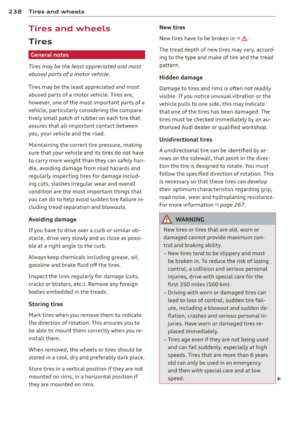 240
240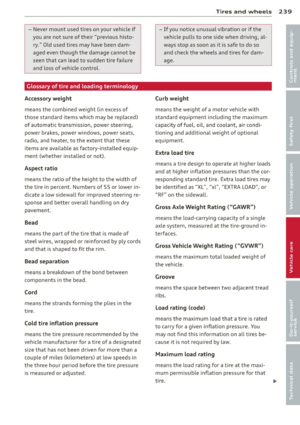 241
241 242
242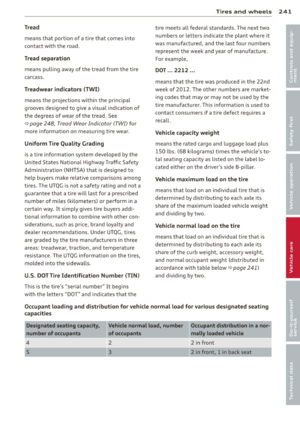 243
243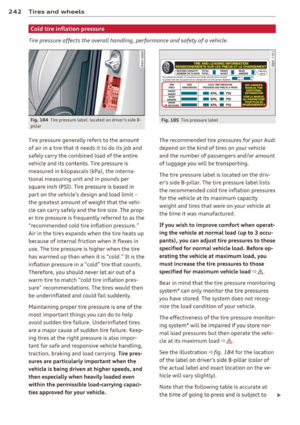 244
244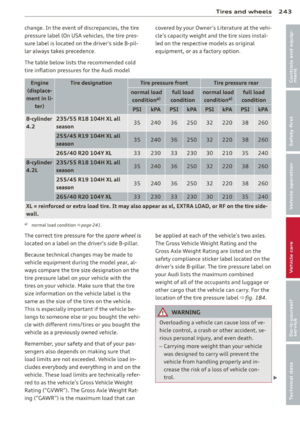 245
245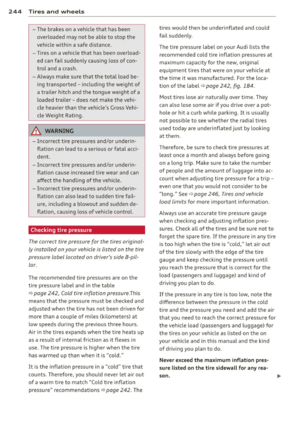 246
246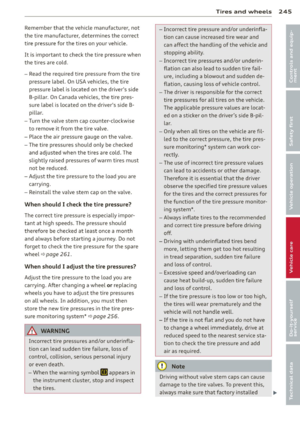 247
247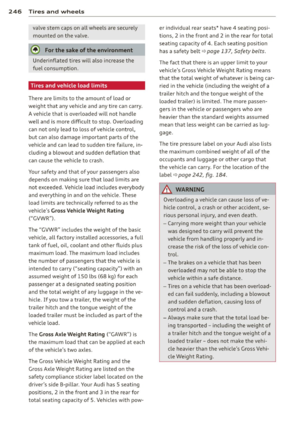 248
248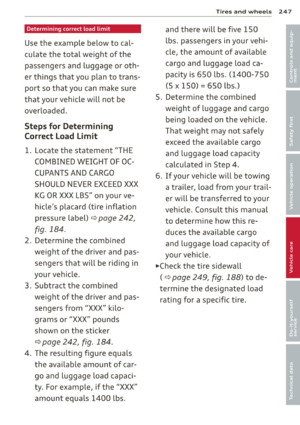 249
249 250
250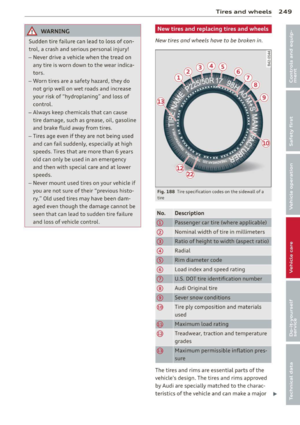 251
251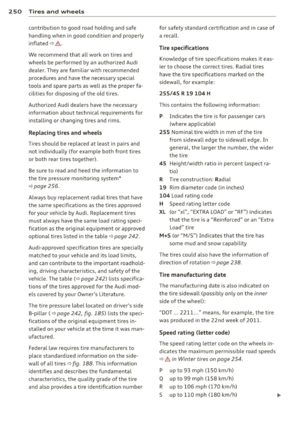 252
252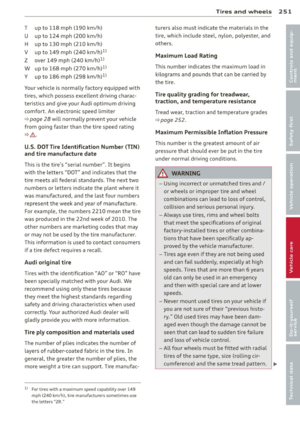 253
253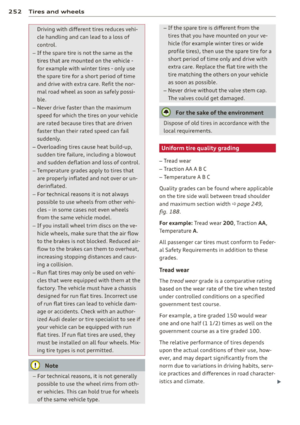 254
254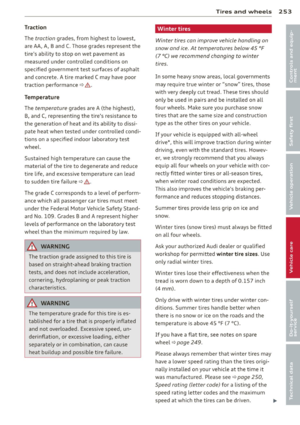 255
255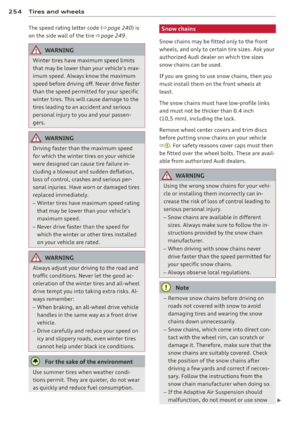 256
256 257
257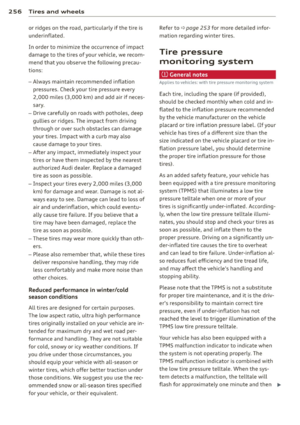 258
258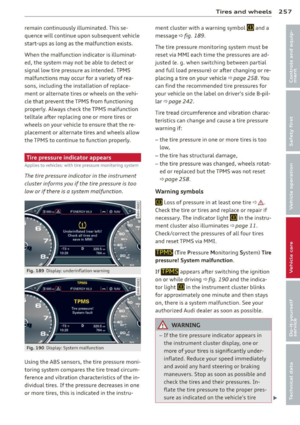 259
259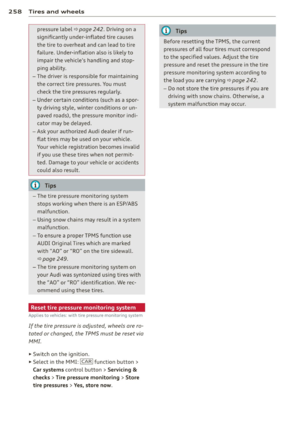 260
260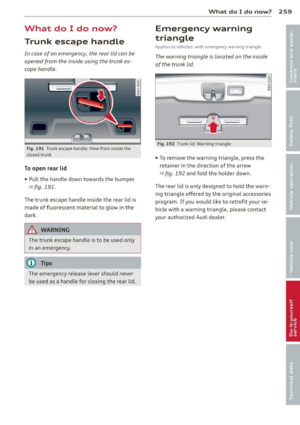 261
261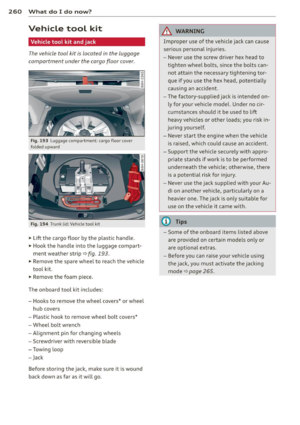 262
262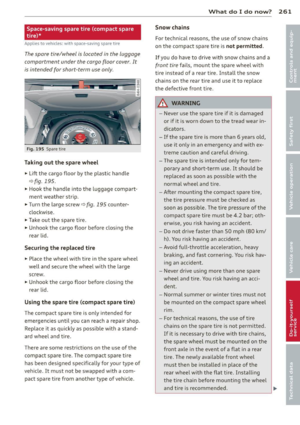 263
263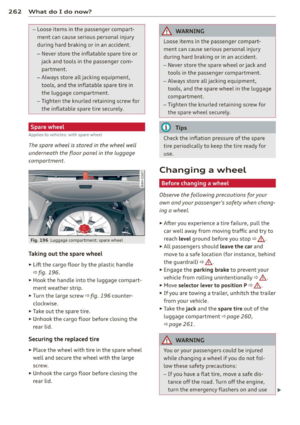 264
264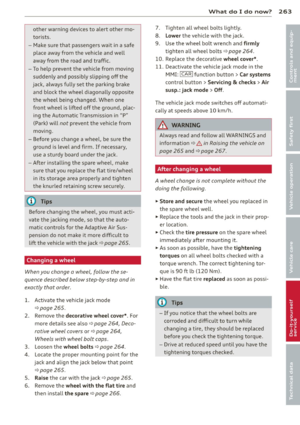 265
265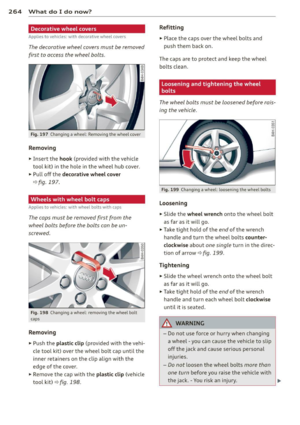 266
266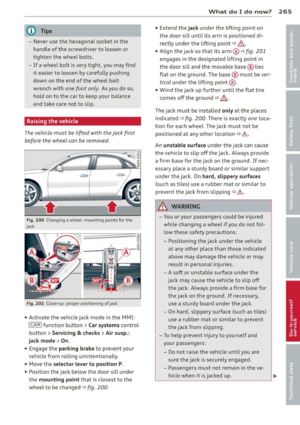 267
267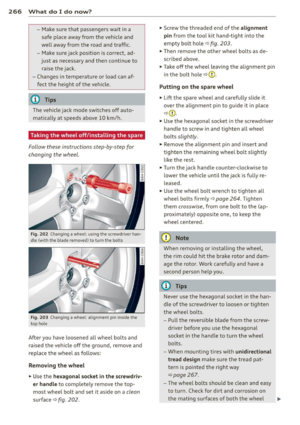 268
268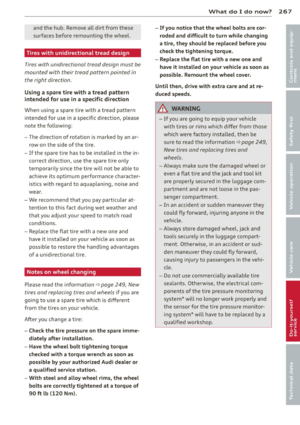 269
269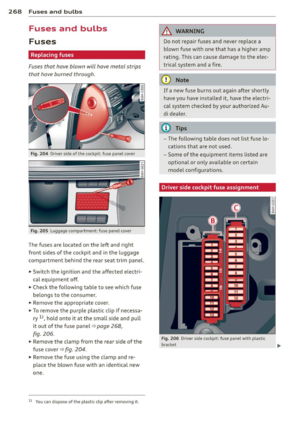 270
270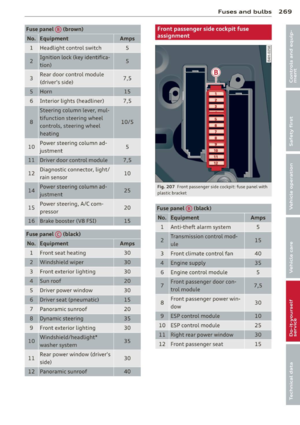 271
271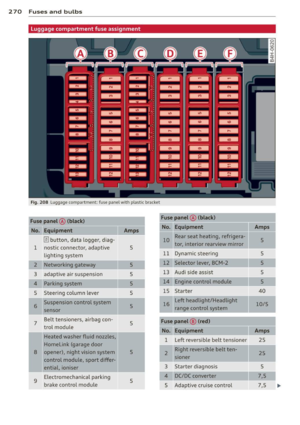 272
272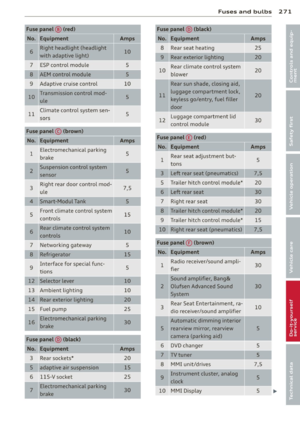 273
273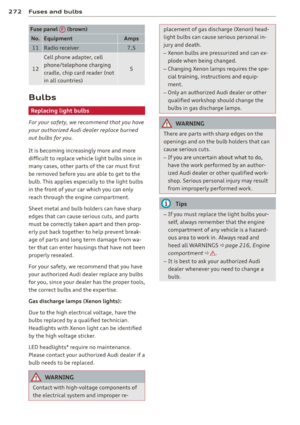 274
274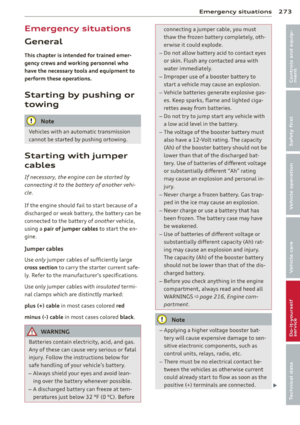 275
275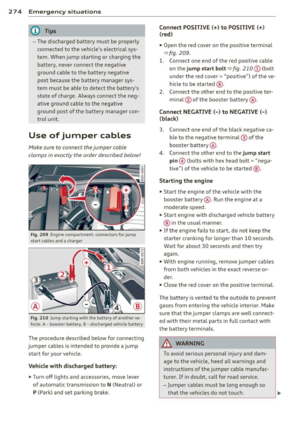 276
276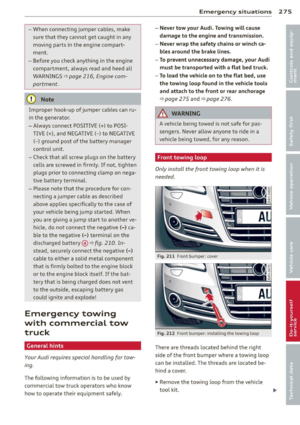 277
277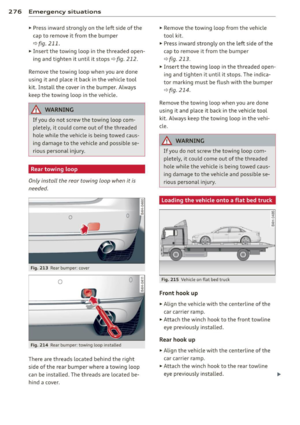 278
278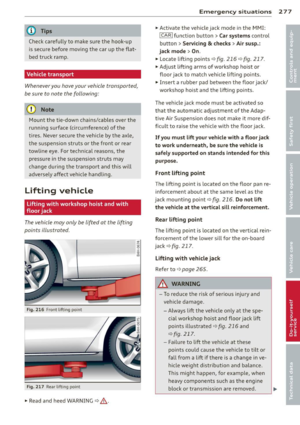 279
279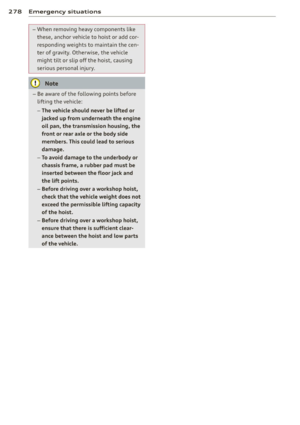 280
280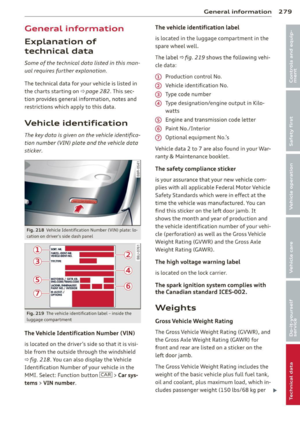 281
281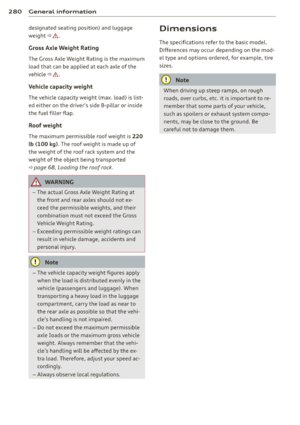 282
282 283
283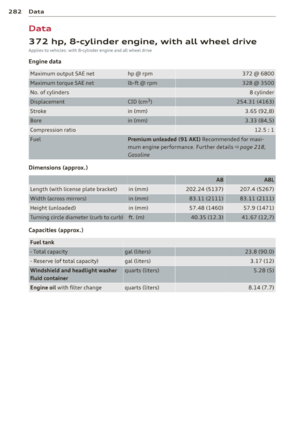 284
284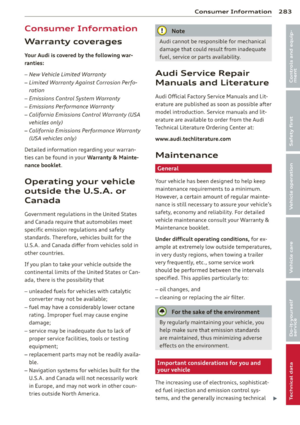 285
285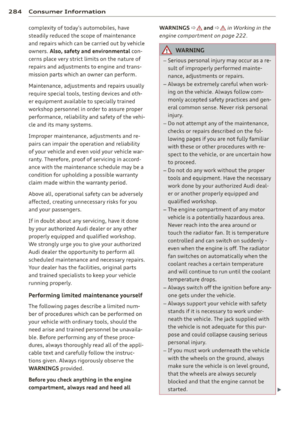 286
286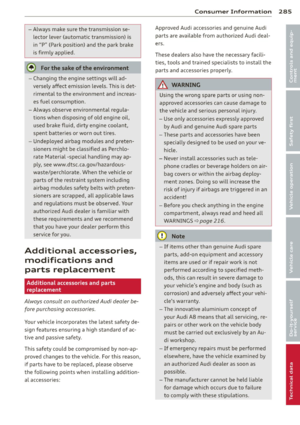 287
287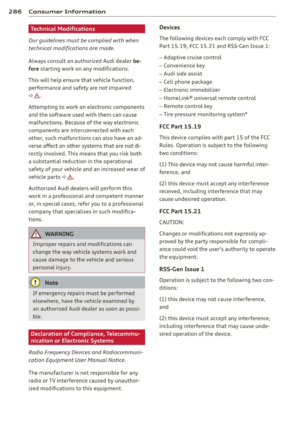 288
288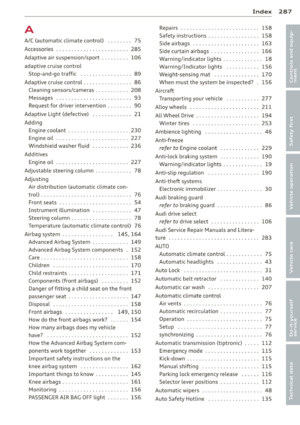 289
289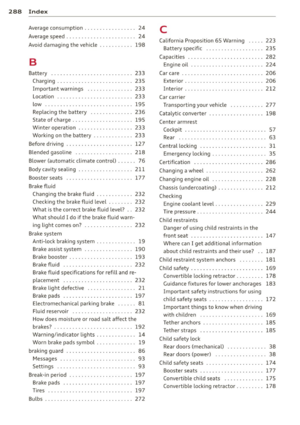 290
290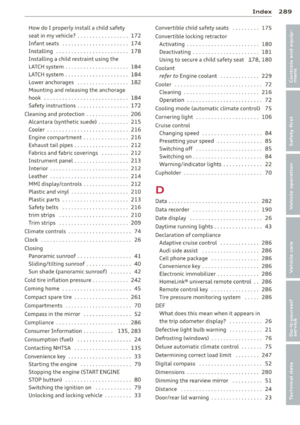 291
291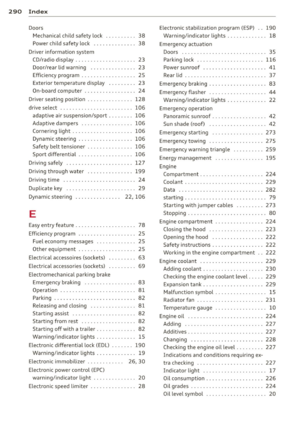 292
292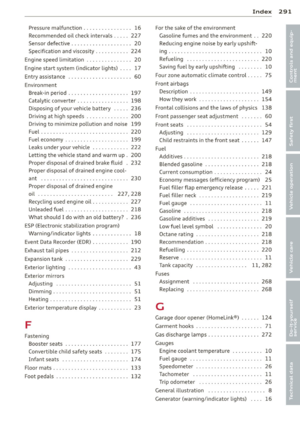 293
293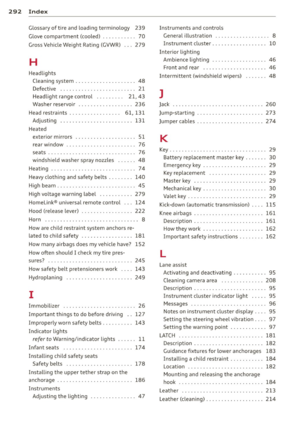 294
294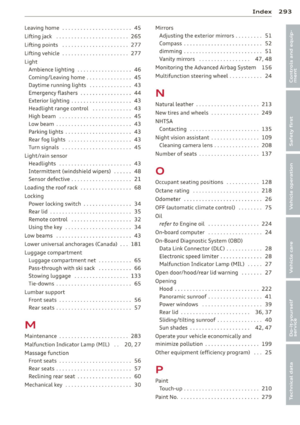 295
295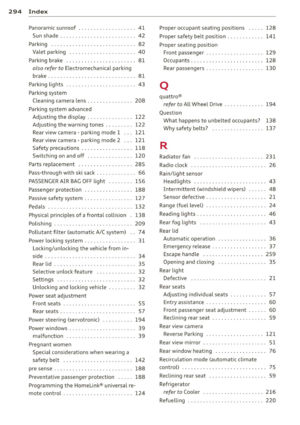 296
296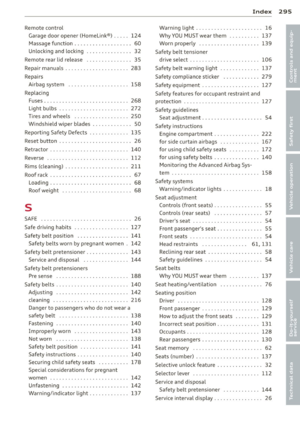 297
297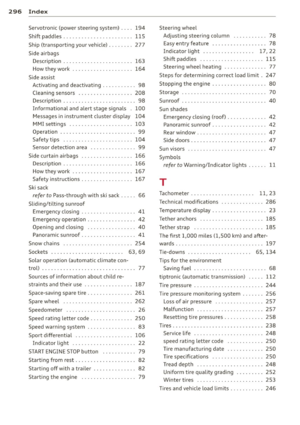 298
298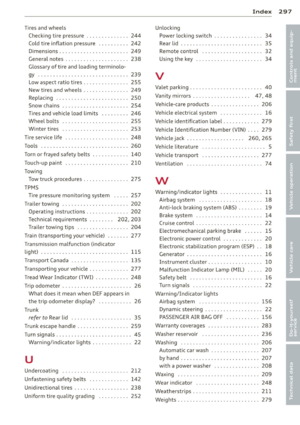 299
299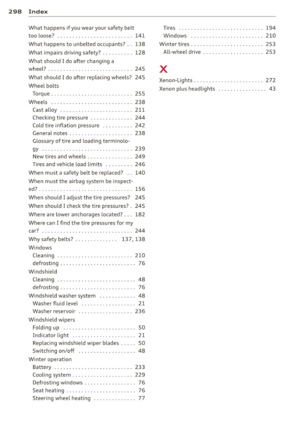 300
300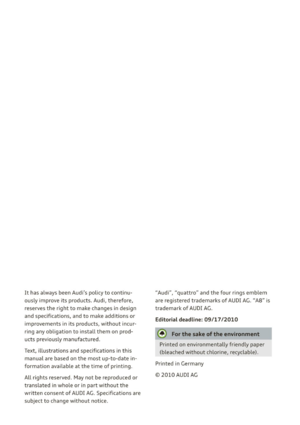 301
301






